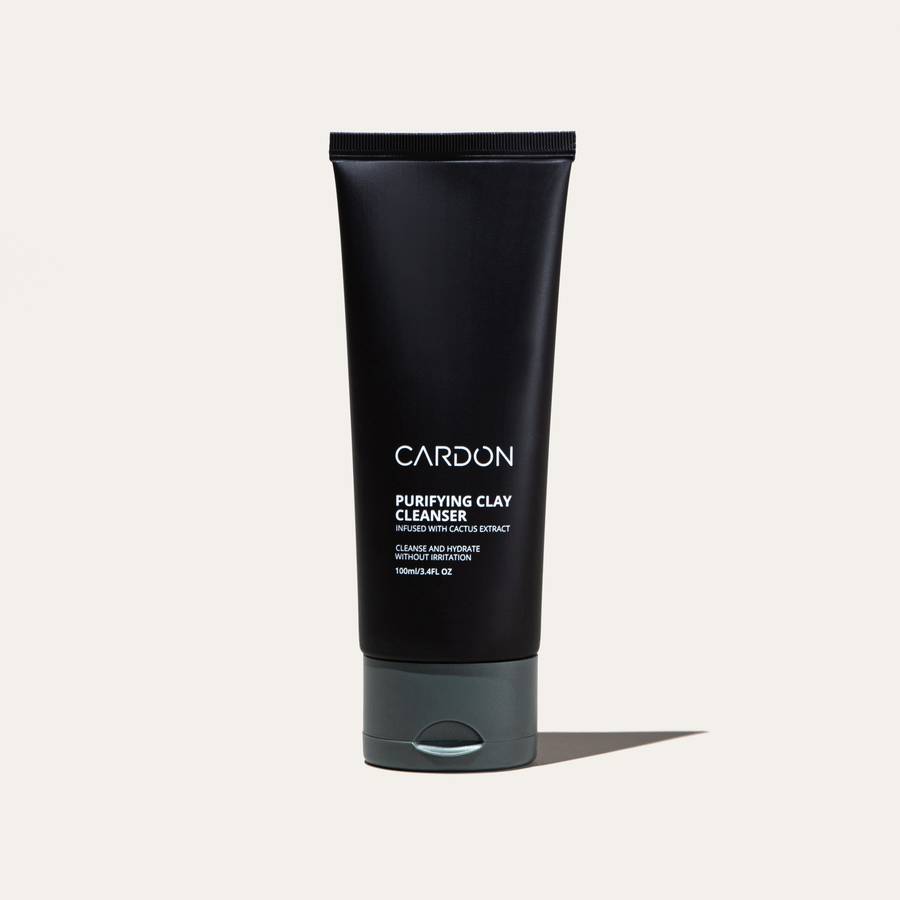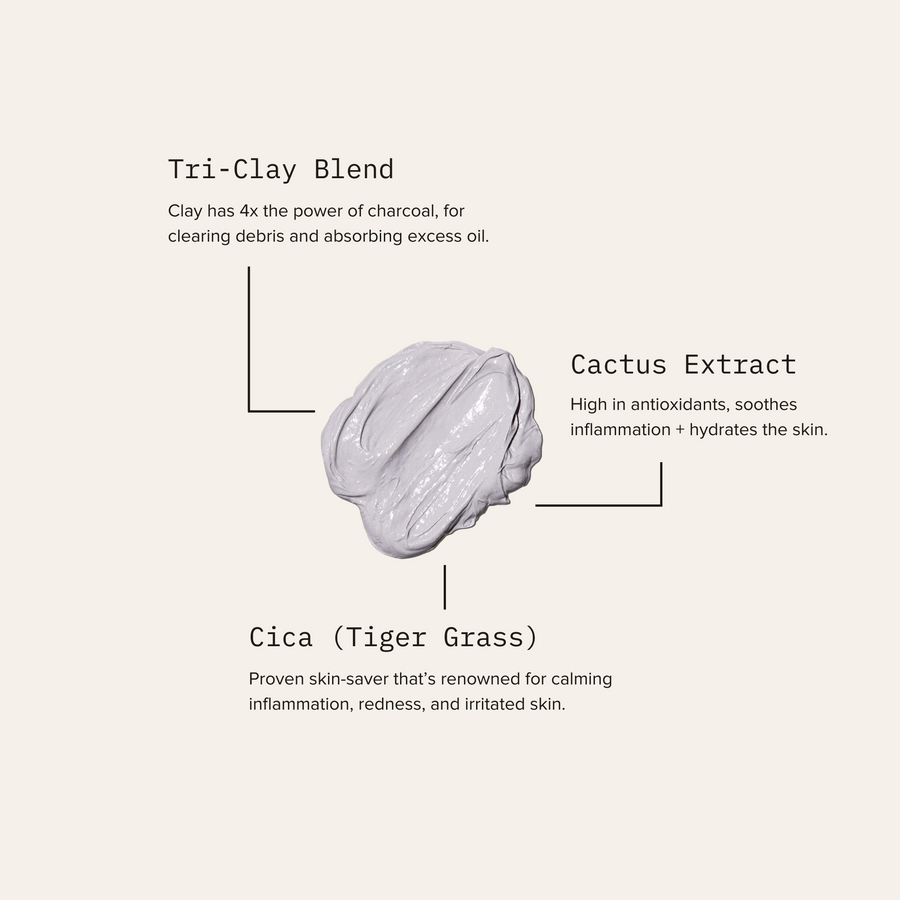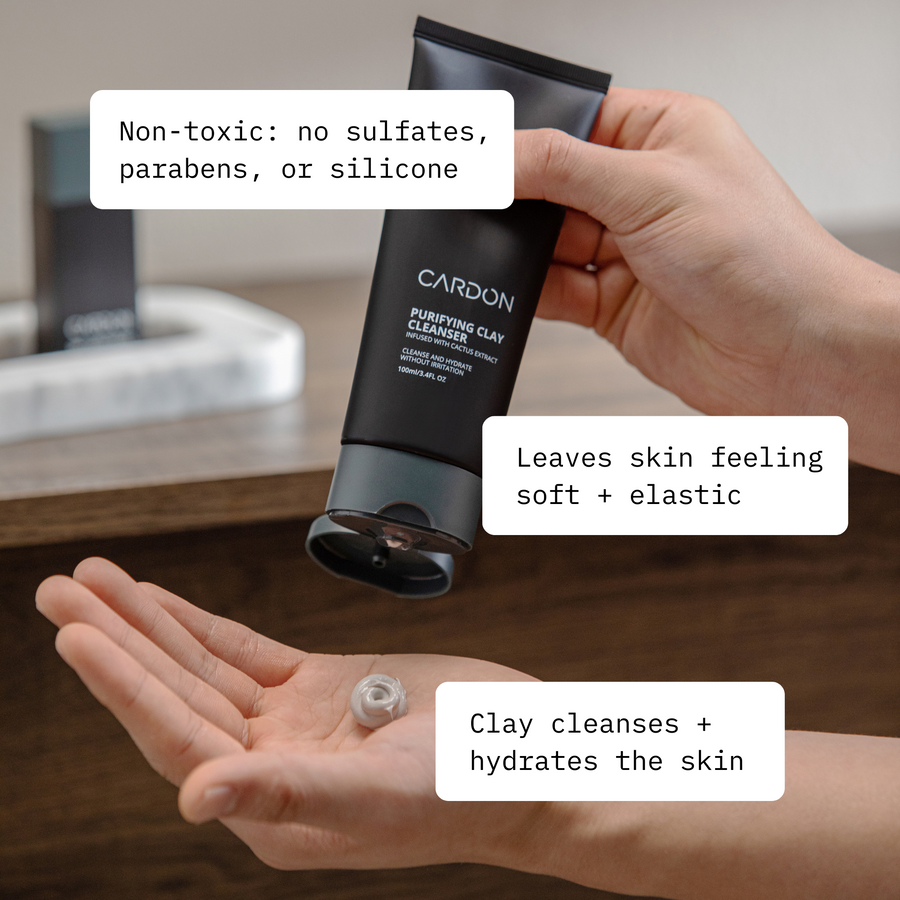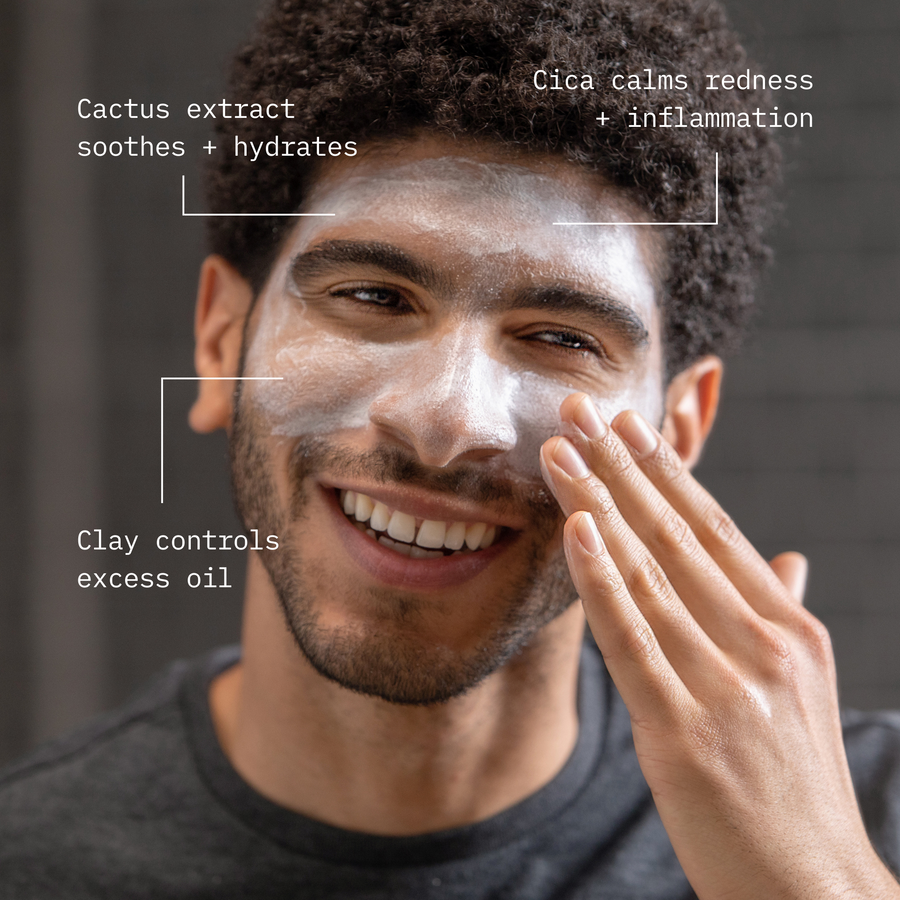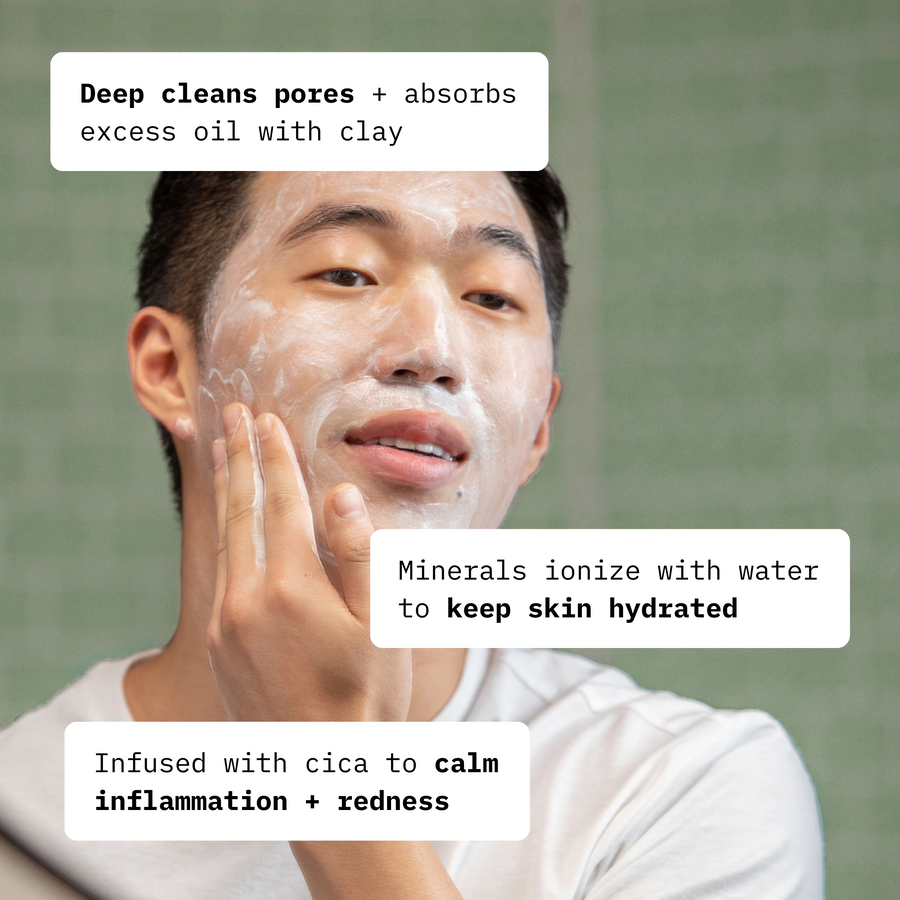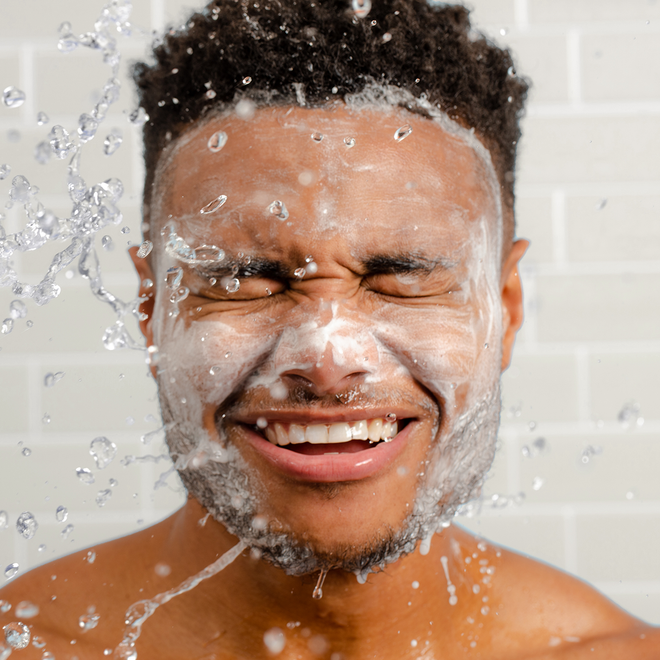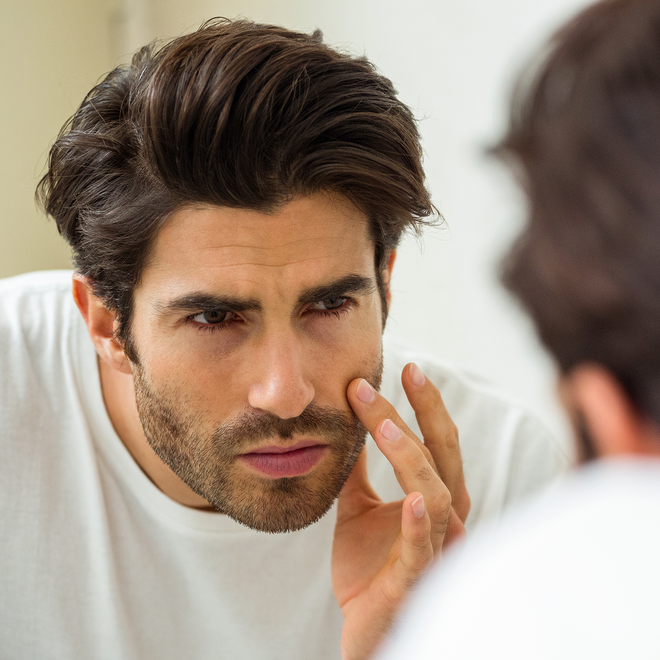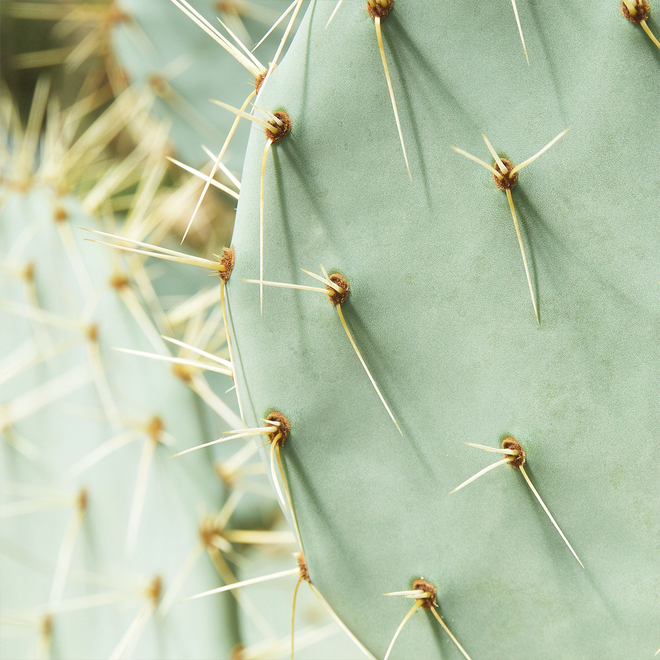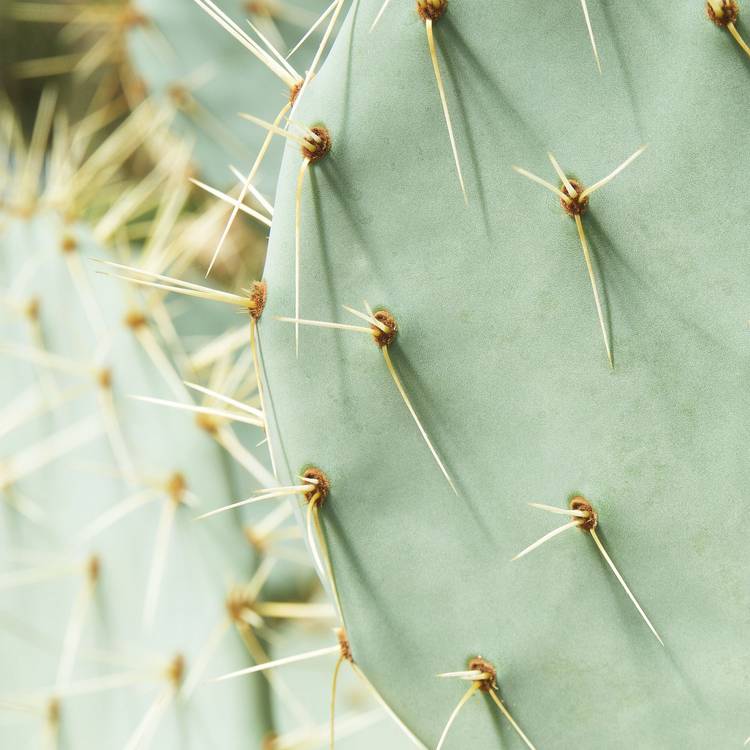Cleanser 101: Tips for Washing Your Face
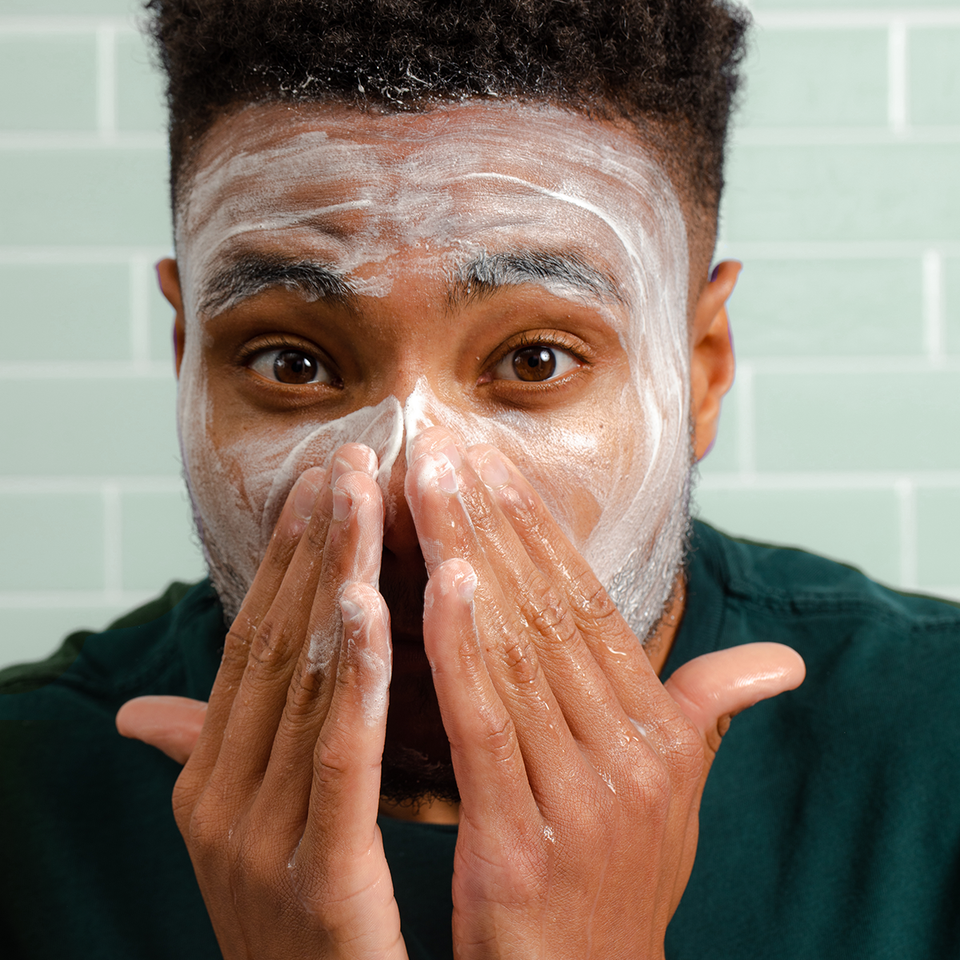
No, a body-bar soap is not "good enough", because it’s not formulated for the face’s volatile and sensitive skin. Picking the perfect cleanser is a tough task, because it demands a lot from a single product in order to preserve the skin’s pH balance. But it is possible, particularly when you find the right key ingredient. We’ll outline the best key ingredients for cleansers, and the worst ones, below.
Okay, first thing, you shouldn't use body wash on your face.
Cleansing is exactly one half of a foundational skincare regimen. Done twice a day (morning and night), it flushes away excess oil and grime that collects on the surface of the skin. It also rinses those same things from the pores, to prevent breakouts and clogging. By washing your face twice a day, you also clear the way for a nourishing, protective moisturizer, which doesn’t absorb properly if there’s a layer of grease on the skin. A moisturizer can also further trap grime inside the pores if that buildup isn’t first flushed out by a cleanser.
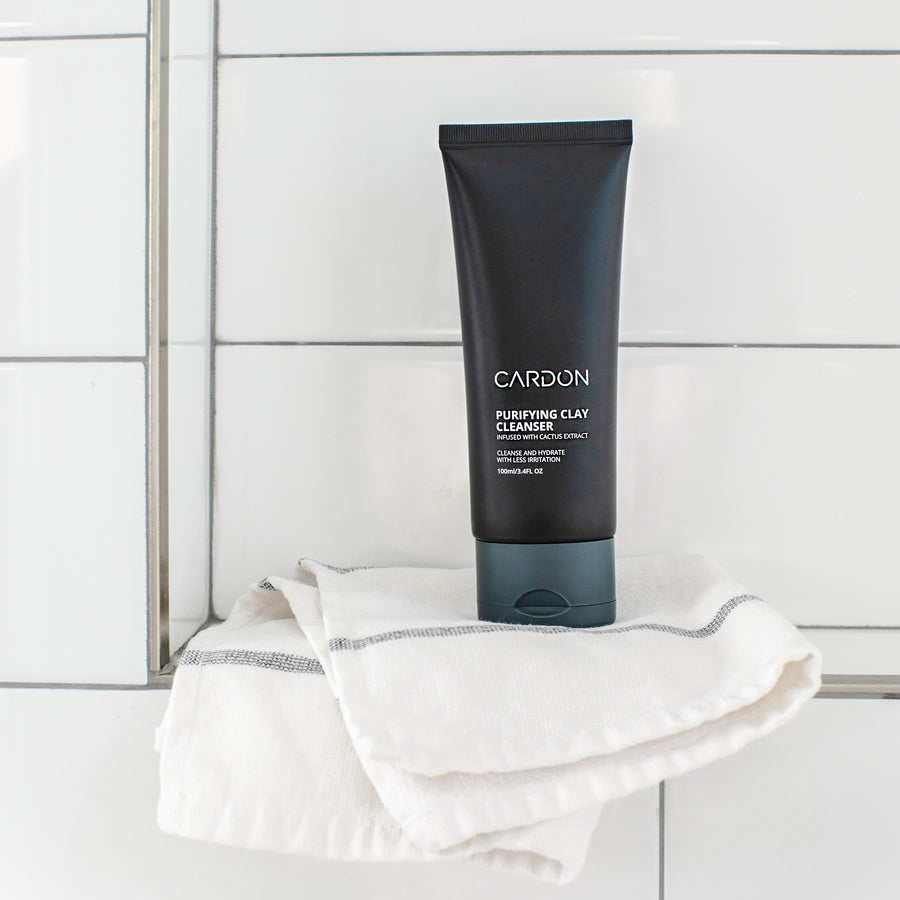

And if you’ve got oily skin (to which men are prone, far more than women), if you sweat a lot, or if you keep an active lifestyle, then you also might need to cleanse additional times throughout the day. For any of these reasons, you should be using a heavy-duty cleanser that is tough on grime, but one that is also gentle enough on skin so that it doesn’t leave you feeling dried out or irritated.
So, with plenty of options out there, how do you know which type of cleanser is best for you? And which cleansing ingredient is best for any and every guy? We’ll get to all that.
TYPES OF CLEANSERS
There are many cleansing agents to choose from. Here are the ones to avoid, followed the best cleansers for clear, healthy complexion.
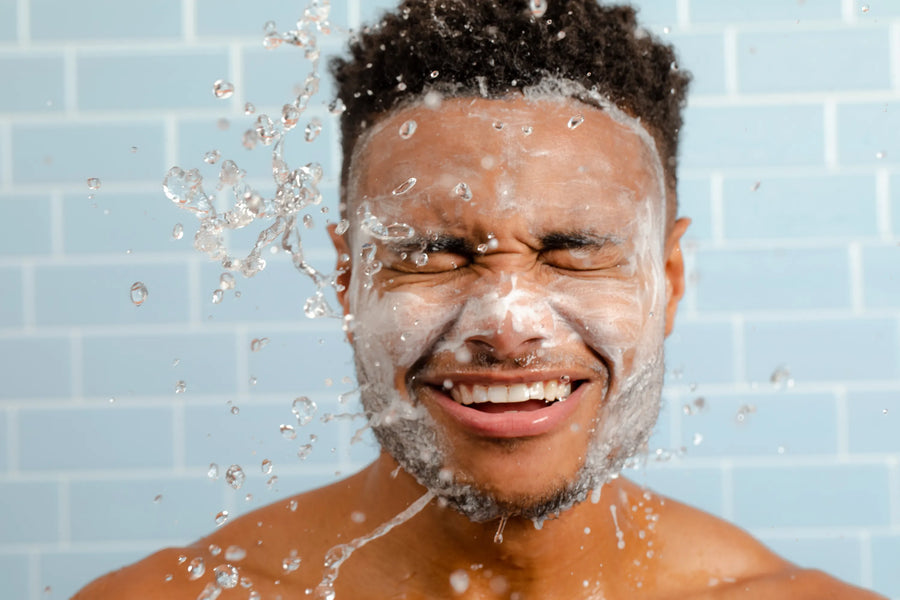
WHAT TO AVOID
Bar Soap: When it comes to washing your body and your face, you gotta keep ’em separated. The skin on your bar is far less sensitive and can tolerate the harsher cleansing ingredients in your bar soap. (And ditto for your body wash, while we’re at it.) Yes, it’s convenient to just wash your mug and body in one fell swoop, but it’s doing few favors when it comes to properly nourishing and balancing the face—and especially for extracting gunk from the depths of your face pores, which makes soap a poor choice for preventing breakouts.
Alcohol-Based Cleansers: Never apply alcohol to your skin, unless you’ve got a nasty cut and need to disinfect it. Alcohol based toners and cleansers will parch the skin, then leave it red and dry. It takes your from being excessively oily to being dangerously dehydrated.
Sulfate-Powered: Many cleansers contain sulfates, which are often listed as SLS or SLES on the label. While not all foaming cleansers contain sulfates, typically all sulfate cleansers will foam. These sulfates can clog pores or irritate sensitive skin. Bonus tip: Avoid shampoos with sulfates as well, in order to prevent overdrying and breaking the hairs.
WHAT WORKS BEST
Considering all the options you have when buying a cleanser (plus a few other key ingredients not mentioned above), it’s hard to say that any one ingredient works universally on every single face. So, consider how difficult it was to choose a hero ingredient for our own facial cleanser, one that we knew would work best on everyone. (And one that would work well with soothing cactus extract, which is featured in all Cardon products.)
After lots of testing and research, Cardon ultimately settled on clay as the best cleansing ingredient. Here’s why:
Benefits of Clay Cleansers
Clay pulls sebum and grime from pores up to 4x better than charcoal.Clay is gentle enough for twice-daily use on dry and sensitive skin, but strong enough for twice-daily use on oily skin. It preserves the skin’s delicate pH levels despite cleaning so effectively.The minerals in clay ionize (in another word, activate) to nourish and hydrate the skin while the product cleanses. Again, it preserves the skin’s harmony and never overly tightens or dries the face.
OTHER WORTHY CANDIDATES
Powder: Powder cleansers can be made with many ingredients, from rice to clay. Typically, they’re botanical powders, and they don’t contain the chemicals that many liquid cleansers do. You simply mix water with the powder in your palms to create a cleansing paste. Some, like rice-based or enzyme powders, also have gentle exfoliating abilities.
Cream: Cream cleansers are good options for dry and sensitive skin, but not for oily skin. They typically contain oils that help nourish the skin while they cleanse.
Gel: Popular for its deep cleansing powers, gel is a terrific choice for oily or combination skin types, but possibly too dehydrating on sensitive and dry skin.
Oil: Fight fire with fire, right? Oil cleansers do in fact help pull away excess sebum and grime from the skin. They’re better for sink-ledge cleansing, as opposed to in the shower, and they’re no fun to spill—but they sure are effective.
Charcoal: Charcoal is notorious in skincare for its ability to extract oil from deep within the pores. This makes it a great ingredient in face masks, but charcoal is often too drying to use daily in a cleanser.
PRO SKINCARE TIP
Follow up your face wash with a toner to help restore your skin's pH level back to 5.5 and prep your skin to better absorb your moisturizers.
Check out Cardon's Exfoliating Toner Wipes that exfoliate, balance, and soothe all in one!
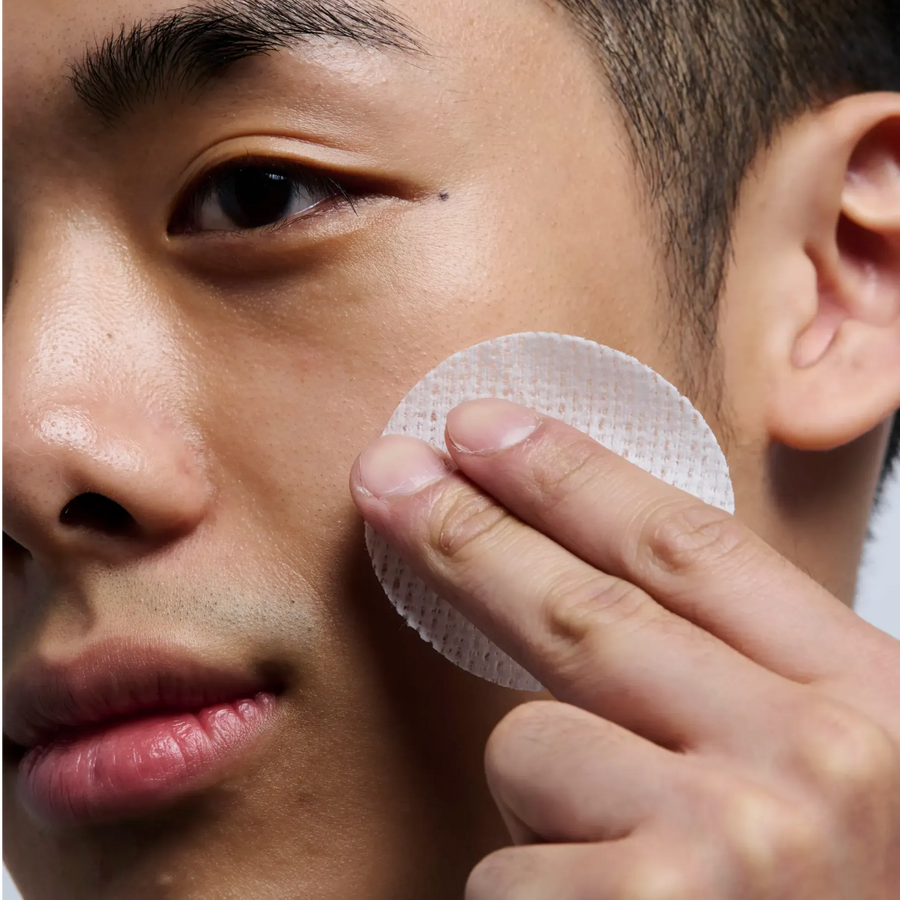

Shop the collection
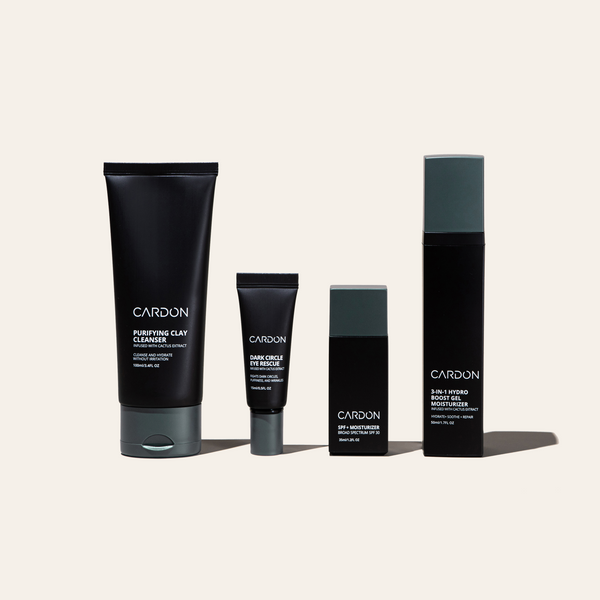
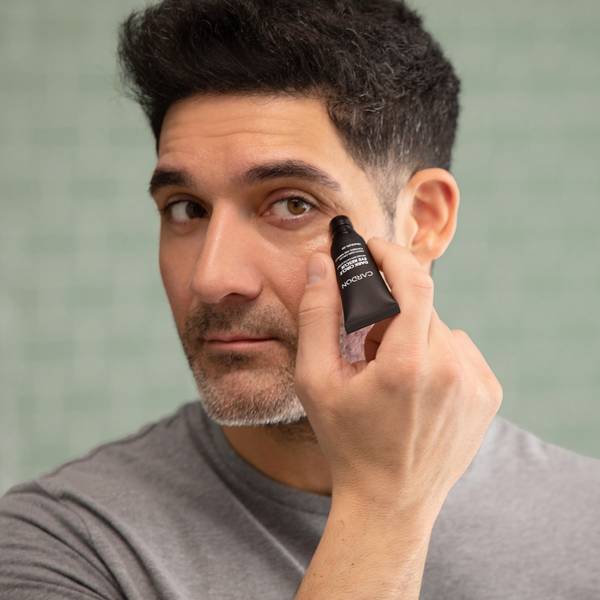
seller
Anti-Aging Skincare Set
good for:
Life comes at you fast. That’s why we developed our Anti-Aging Skincare Set full of just what you need to tackle fine lines, rough texture, and other signs of aging in the skin.
From protecting skin all day long to boosting its ability to repair and rebuild overnight, your past, present, and future selves will thank you.
Includes Steps:
- 01 Dark Circle Eye Rescue
- 02 Purifying Clay Cleanser
- 03 Daily SPF + Moisturizer
- 04 Hydro Boost Gel Moisturizer
Never go empty! Subscribe + Save 10%
Anti-Aging Skincare Set
good for:
Life comes at you fast. That’s why we developed our Anti-Aging Skincare Set full of just what you need to tackle fine lines, rough texture, and other signs of aging in the skin.
From protecting skin all day long to boosting its ability to repair and rebuild overnight, your past, present, and future selves will thank you.
Includes Steps:
- 01 Dark Circle Eye Rescue
- 02 Purifying Clay Cleanser
- 03 Daily SPF + Moisturizer
- 04 Hydro Boost Gel Moisturizer
Never go empty! Subscribe + Save 10%
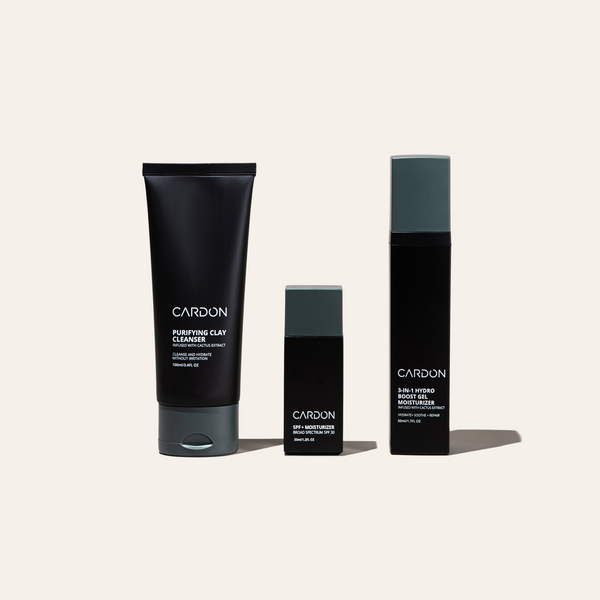
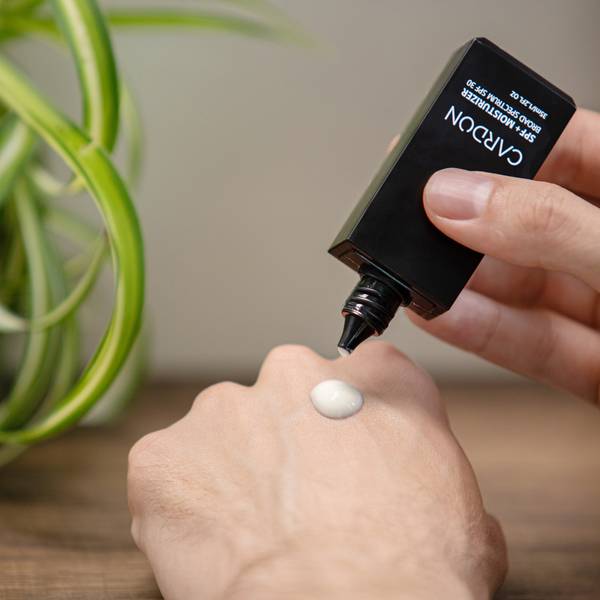
Beginners
Essentials Skincare Set
good for:
Everything you need, nothing you don’t—the Essentials Set is your skincare starter pack. Just cleanse, moisturize, and protect. We took the guesswork out of developing a skincare routine. This is all you need for everyday skin health.
Includes Steps:
- 01 Purifying Clay Cleanser
- 02 Daily SPF + Moisturizer
- 03 Hydro Boost Gel Moisturizer
Never go empty! Subscribe + Save 10%
Essentials Skincare Set
good for:
Everything you need, nothing you don’t—the Essentials Set is your skincare starter pack. Just cleanse, moisturize, and protect. We took the guesswork out of developing a skincare routine. This is all you need for everyday skin health.
Includes Steps:
- 01 Purifying Clay Cleanser
- 02 Daily SPF + Moisturizer
- 03 Hydro Boost Gel Moisturizer
Never go empty! Subscribe + Save 10%
.png?v=1701688836389&options=w_600)

Dark Circles Skincare Set
good for:
All work and no play makes for dull skin.
The Dark Circles Skincare Set is perfect for those looking to brighten and revive dull and tired looking skin. Cleanses debris and grime from the day, depuffs and treats under eye bags, and rehydrates while soothing the skin in your sleep.
Includes Steps:
- 01 Purifying Clay Cleanser
- 02 Dark Circle Eye Rescue
- 03 Hydro Boost Gel Moisturizer
Never go empty! Subscribe + Save 10%
Dark Circles Skincare Set
good for:
All work and no play makes for dull skin.
The Dark Circles Skincare Set is perfect for those looking to brighten and revive dull and tired looking skin. Cleanses debris and grime from the day, depuffs and treats under eye bags, and rehydrates while soothing the skin in your sleep.
Includes Steps:
- 01 Purifying Clay Cleanser
- 02 Dark Circle Eye Rescue
- 03 Hydro Boost Gel Moisturizer
Never go empty! Subscribe + Save 10%
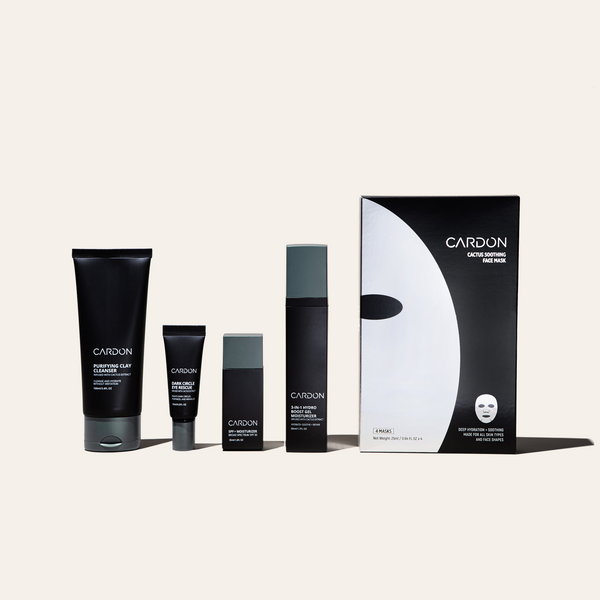

Dry Skin Set
good for:
Skin feeling a bit thirsty? The Dry Skin Set was crafted specifically for those with a dry skin type.
If you deal with flakiness, dull complexion, visible fine lines, red patches, or any combination of the above, this set was made for you. This is all you need to hydrate your skin—and keep it hydrated.
Includes Steps:
- 01
- 02 Dark Circle Eye Rescue
- 03 Daily SPF + Moisturizer
- 04 Hydro Boost Gel Moisturizer
- 05 Cactus Soothing Face Mask
Never go empty! Subscribe + Save 10%
Dry Skin Set
good for:
Skin feeling a bit thirsty? The Dry Skin Set was crafted specifically for those with a dry skin type.
If you deal with flakiness, dull complexion, visible fine lines, red patches, or any combination of the above, this set was made for you. This is all you need to hydrate your skin—and keep it hydrated.
Includes Steps:
- 01
- 02 Dark Circle Eye Rescue
- 03 Daily SPF + Moisturizer
- 04 Hydro Boost Gel Moisturizer
- 05 Cactus Soothing Face Mask
Never go empty! Subscribe + Save 10%
.png?v=1671636443230&options=w_600)

Limited Edition Jet Set Travel Kit
good for:
NEW! Limited Edition Jet Set Travel Kit with Dopp Kit.
With our new Jet Set Travel Kit, you can ditch the hotel samples for an on-the-go routine built with your skin in mind. These five simple steps cover all the bases– from cleansing your face to hydrating your lips– and they're all you need to pack before you hit the road. And, yes, it’s TSA-approved.
Includes Steps:
- 01 Daily SPF + Moisturizer
- 02 Dark Circle Eye Rescue
- 03 Clay Cleanser Sample, 15ml
- 04 Hydro Boost Gel Sample, 15ml
- 05 Matte Lip Balm
"I am a 55 years old and I have started to show my age on my face. After a long day in an aircraft cabin, this is exactly what my skin needs. It doesn’t take much time to complete and the results are worth it." – Jerri P.
Limited Edition Jet Set Travel Kit
good for:
NEW! Limited Edition Jet Set Travel Kit with Dopp Kit.
With our new Jet Set Travel Kit, you can ditch the hotel samples for an on-the-go routine built with your skin in mind. These five simple steps cover all the bases– from cleansing your face to hydrating your lips– and they're all you need to pack before you hit the road. And, yes, it’s TSA-approved.
Includes Steps:
- 01 Daily SPF + Moisturizer
- 02 Dark Circle Eye Rescue
- 03 Clay Cleanser Sample, 15ml
- 04 Hydro Boost Gel Sample, 15ml
- 05 Matte Lip Balm
"I am a 55 years old and I have started to show my age on my face. After a long day in an aircraft cabin, this is exactly what my skin needs. It doesn’t take much time to complete and the results are worth it." – Jerri P.
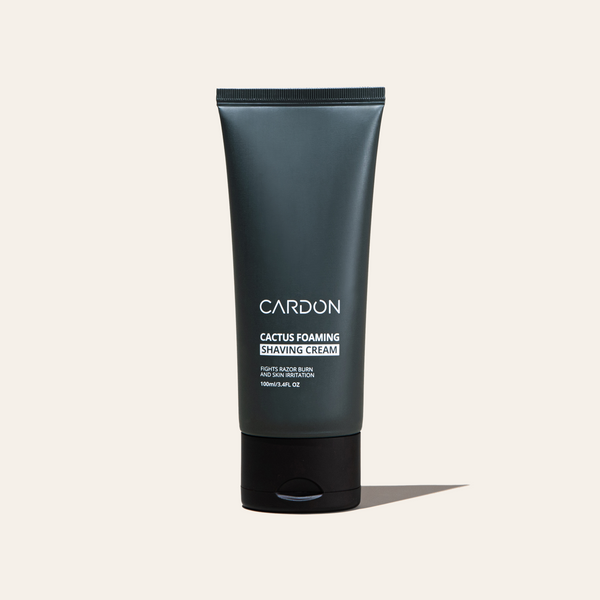
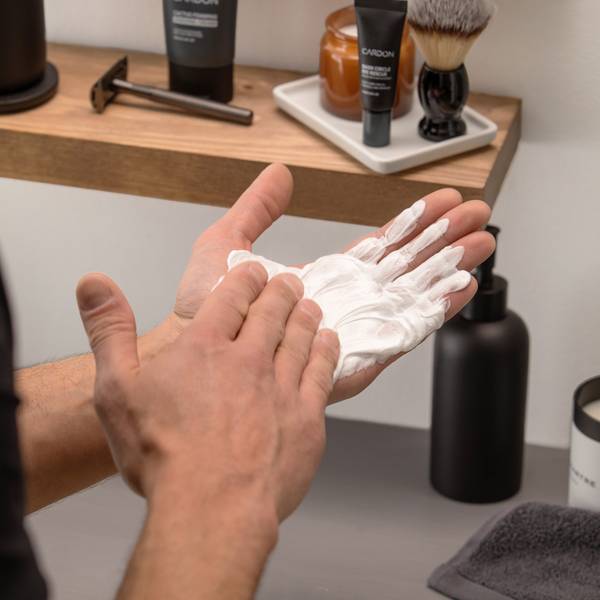
Cactus Foaming Shaving Cream
good for:
This bathroom cabinet staple is a cut above the rest. The Cactus Foaming Shaving Cream for men delivers a close, comfortable shave every time—without having to worry about nicks, razor burns, irritation, and ingrowns.
Our rich foam uses Cactus Extract and Chamomile to create a cushion-like layer to soothe the skin. Plus, you’ll shave some time since this also doubles as a face cleanser.
Due to demand, this product is temporarily out of stock. Click "Notify Me" below to be the first to know when it's back!
Cactus Foaming Shaving Cream
good for:
This bathroom cabinet staple is a cut above the rest. The Cactus Foaming Shaving Cream for men delivers a close, comfortable shave every time—without having to worry about nicks, razor burns, irritation, and ingrowns.
Our rich foam uses Cactus Extract and Chamomile to create a cushion-like layer to soothe the skin. Plus, you’ll shave some time since this also doubles as a face cleanser.
Due to demand, this product is temporarily out of stock. Click "Notify Me" below to be the first to know when it's back!
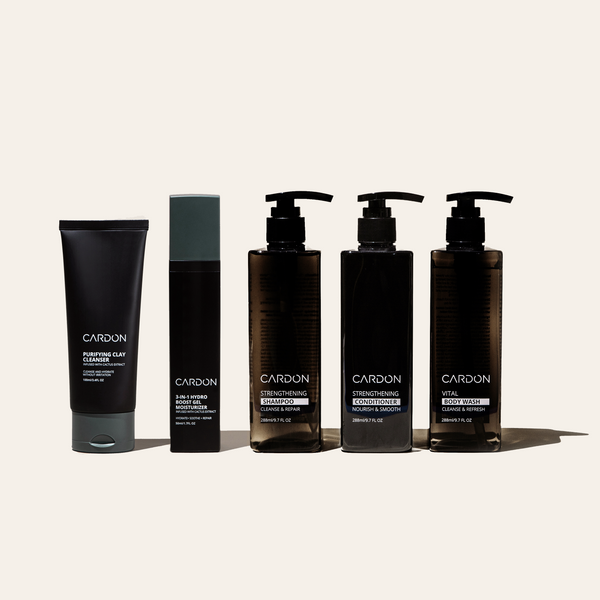
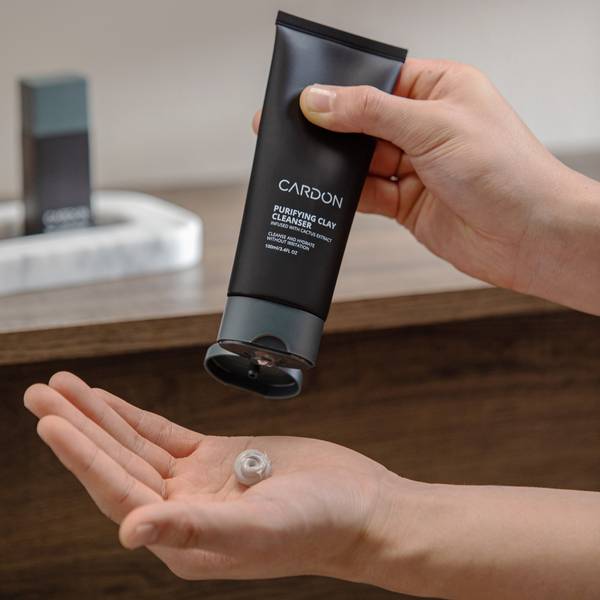
NEW
NEW
+ Hair
+ Body
Head-to-Toe Set
good for:
We've got you covered head to toe, literally. This set comes with a complete skin and hair care routine.
Includes our invigorating shampoo and conditioner to prevent hair loss, refreshing body wash to treat body acne, clay-infused face wash to deeply cleanse the face from debris, and lightweight gel moisturizer to soothe, rehydrate and repair skin while you sleep.
It's about time you treated the rest of your body as good as you treat your face.
Includes Steps:
- 01 Purifying Clay Cleanser
- 02 Hydro Boost Gel Moisturizer
- 03 Hair Thickening + Strengthening Shampoo
- 04 Hair Thickening + Strengthening Conditioner
- 05 Vital Body Wash
Never go empty! Subscribe + Save 10%
Head-to-Toe Set
good for:
We've got you covered head to toe, literally. This set comes with a complete skin and hair care routine.
Includes our invigorating shampoo and conditioner to prevent hair loss, refreshing body wash to treat body acne, clay-infused face wash to deeply cleanse the face from debris, and lightweight gel moisturizer to soothe, rehydrate and repair skin while you sleep.
It's about time you treated the rest of your body as good as you treat your face.
Includes Steps:
- 01 Purifying Clay Cleanser
- 02 Hydro Boost Gel Moisturizer
- 03 Hair Thickening + Strengthening Shampoo
- 04 Hair Thickening + Strengthening Conditioner
- 05 Vital Body Wash
Never go empty! Subscribe + Save 10%

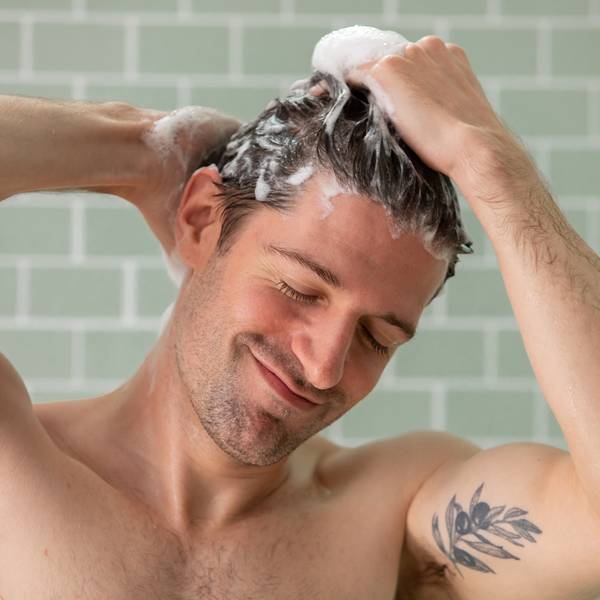
NEW
NEW
Cleanse + Refresh Set
good for:
Hit refresh! The Cleanse + Refresh Set gives you the ultimate cleanse from head to toe with highly-effective skincare-grade formulas. Strengthening Shampoo boosts hair volume, Vital Body Wash fights dryness and breakouts, and Purifying Clay Cleanser keeps your skin clear and balanced. It's the perfect set for a fresh, confident look every day!
Pro tip: Use Purifying Clay Cleanser as a spot treatment for pimples or pore-clearing clay mask. Apply to the affected area or the full face and rinse off after 10 minutes.
Includes Steps:
- 01 Purifying Clay Cleanser
- 02 Hair Thickening + Strengthening Shampoo
- 03 Vital Body Wash
Never go empty! Subscribe + Save 10%
Cleanse + Refresh Set
good for:
Hit refresh! The Cleanse + Refresh Set gives you the ultimate cleanse from head to toe with highly-effective skincare-grade formulas. Strengthening Shampoo boosts hair volume, Vital Body Wash fights dryness and breakouts, and Purifying Clay Cleanser keeps your skin clear and balanced. It's the perfect set for a fresh, confident look every day!
Pro tip: Use Purifying Clay Cleanser as a spot treatment for pimples or pore-clearing clay mask. Apply to the affected area or the full face and rinse off after 10 minutes.
Includes Steps:
- 01 Purifying Clay Cleanser
- 02 Hair Thickening + Strengthening Shampoo
- 03 Vital Body Wash
Never go empty! Subscribe + Save 10%
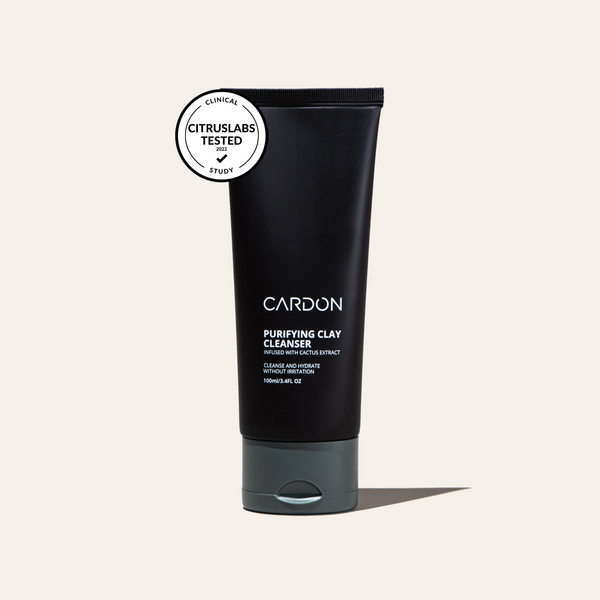
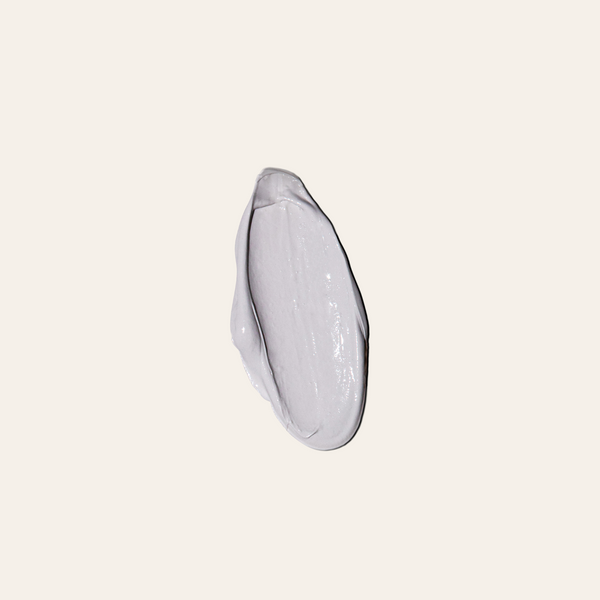
Purifying Clay Cleanser
good for:
The Purifying Clay Cleanser dares to answer the question: “what if you combined a detoxifying clay mask with a hydrating face wash?”
Our 2x Ask Men Grooming award-winning cleanser uses Cactus Extract and a Tri-Clay blend to remove excess oil and cleanse skin deeply from the grime of the day, never leaving skin feeling dry or tight. Powerful ingredients, yet gentle enough for daily use.
“The best face wash I have found for my oily, sensitive, acne-prone skin! With continued use, I've even seen a drastic reduction of oily shine on my face after long days in the office! Thank you, Cardon!” - Steve C.
Purifying Clay Cleanser
good for:
The Purifying Clay Cleanser dares to answer the question: “what if you combined a detoxifying clay mask with a hydrating face wash?”
Our 2x Ask Men Grooming award-winning cleanser uses Cactus Extract and a Tri-Clay blend to remove excess oil and cleanse skin deeply from the grime of the day, never leaving skin feeling dry or tight. Powerful ingredients, yet gentle enough for daily use.
“The best face wash I have found for my oily, sensitive, acne-prone skin! With continued use, I've even seen a drastic reduction of oily shine on my face after long days in the office! Thank you, Cardon!” - Steve C.
Cardon Products Are
Easy to Use
We never create two products when we can achieve the same results with one. Cardon products are designed to be easy to use every day.
Backed By Korean Innovation
Korean R&D is two decades ahead of the rest of the world. Cardon products use the highest quality, most effective ingredients out there.
Non-Toxic
Finally, an ingredient label you can feel good about. Every ingredient in Cardon products is good for your skin, and easy on the mind.
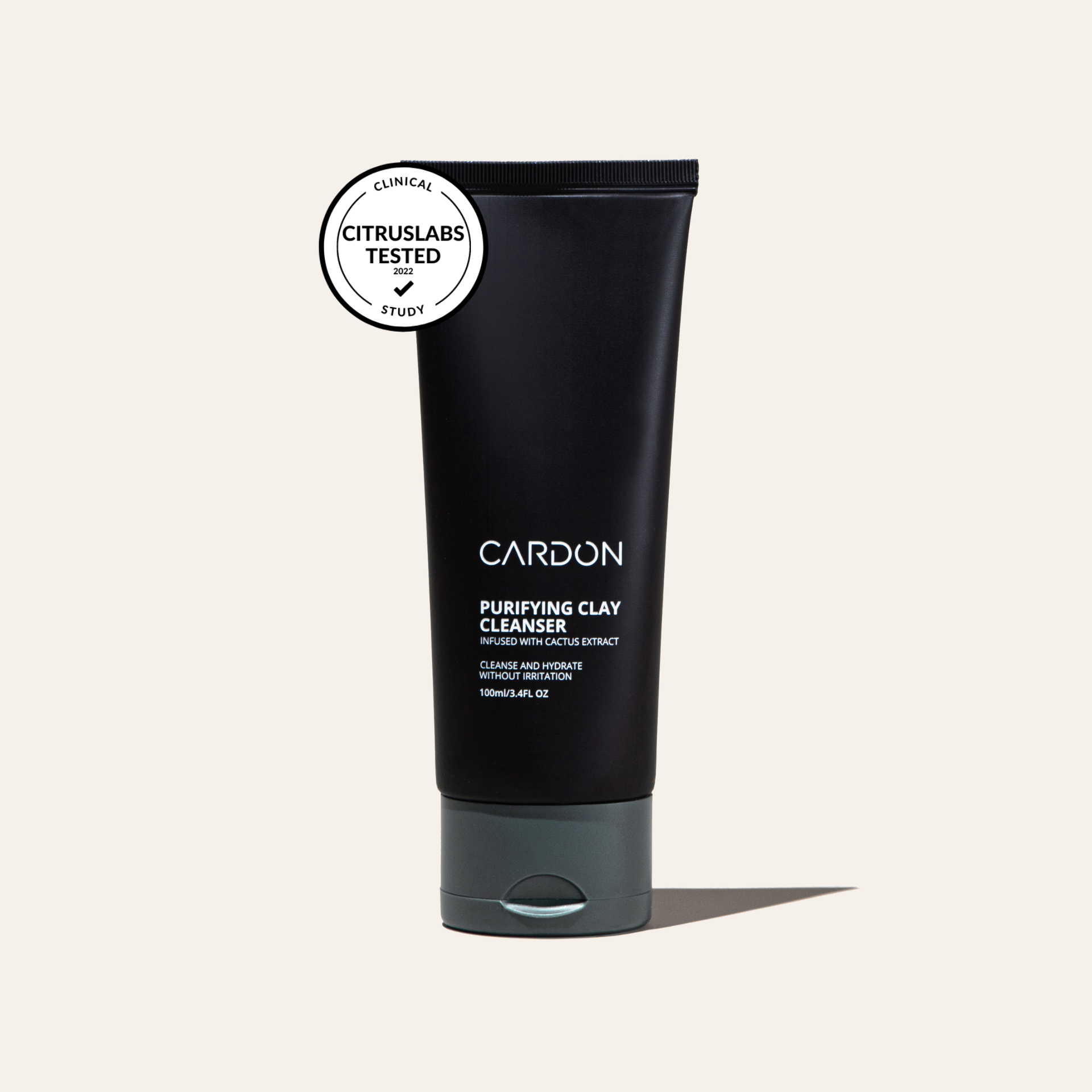
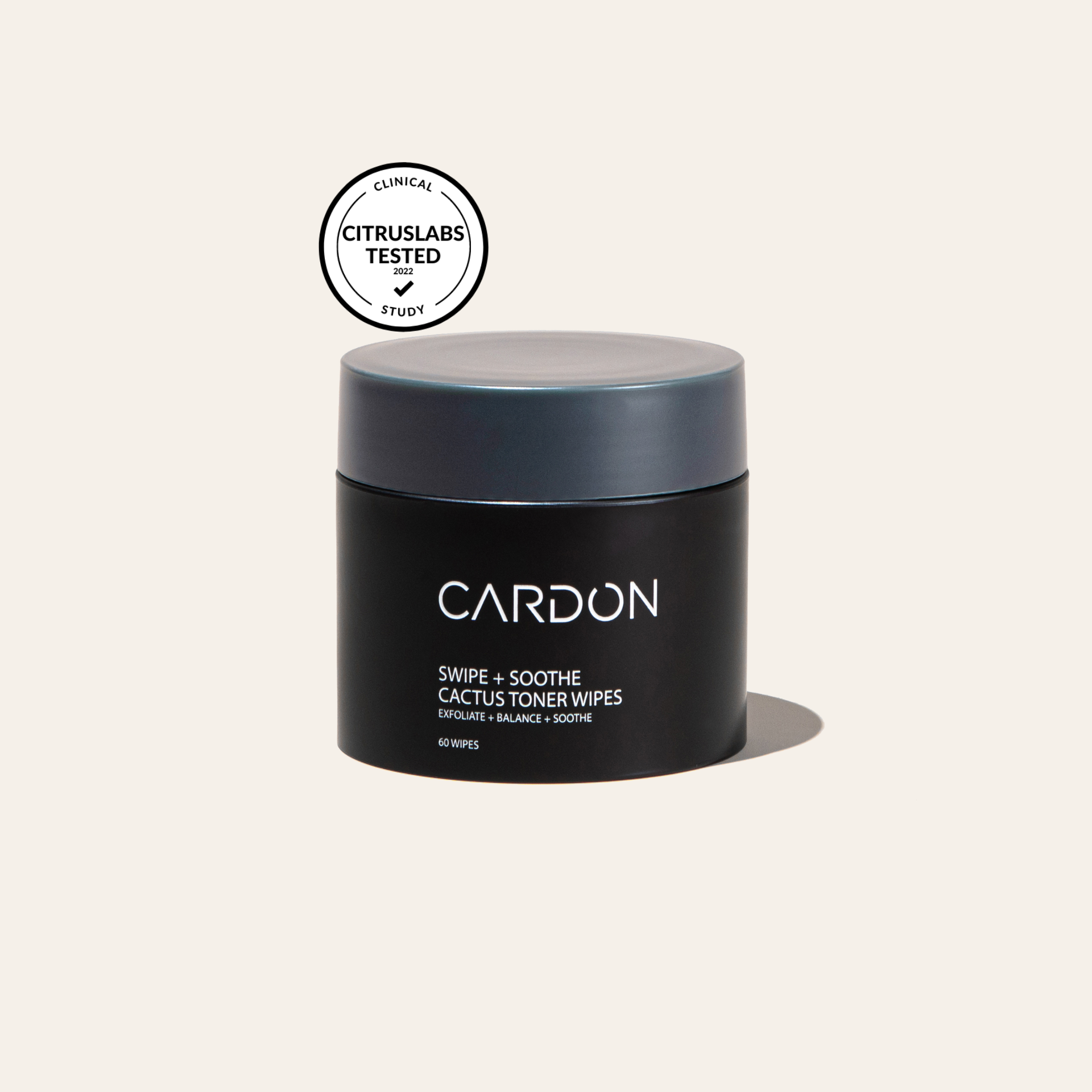
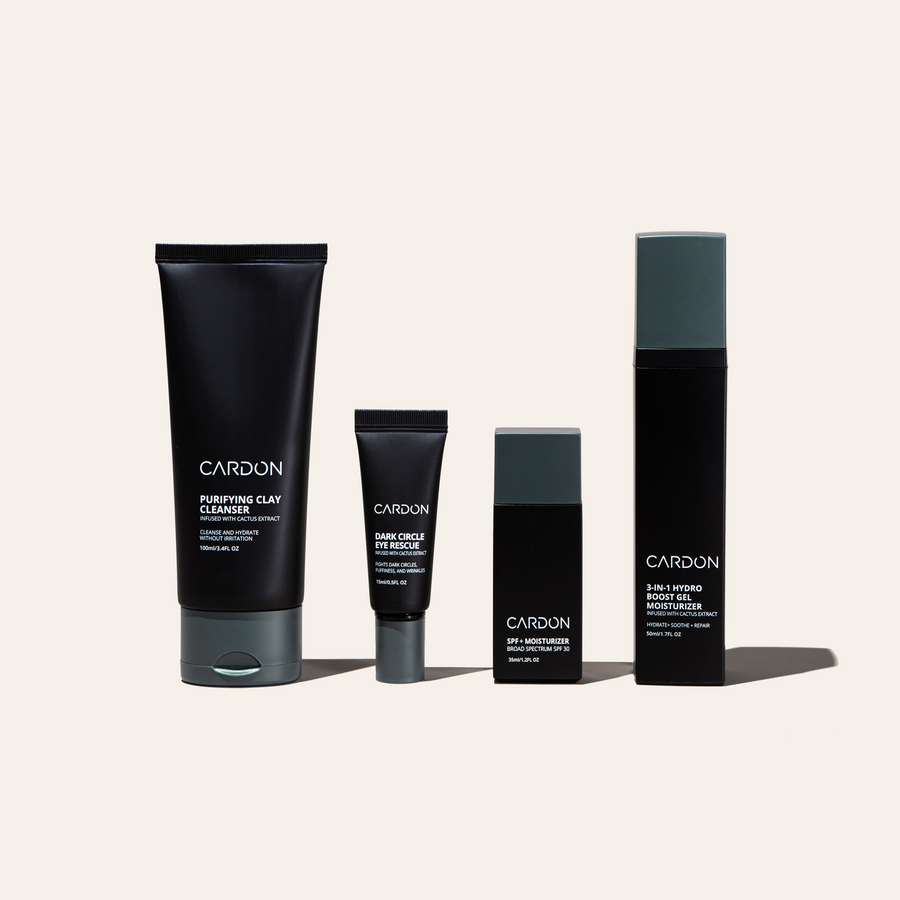
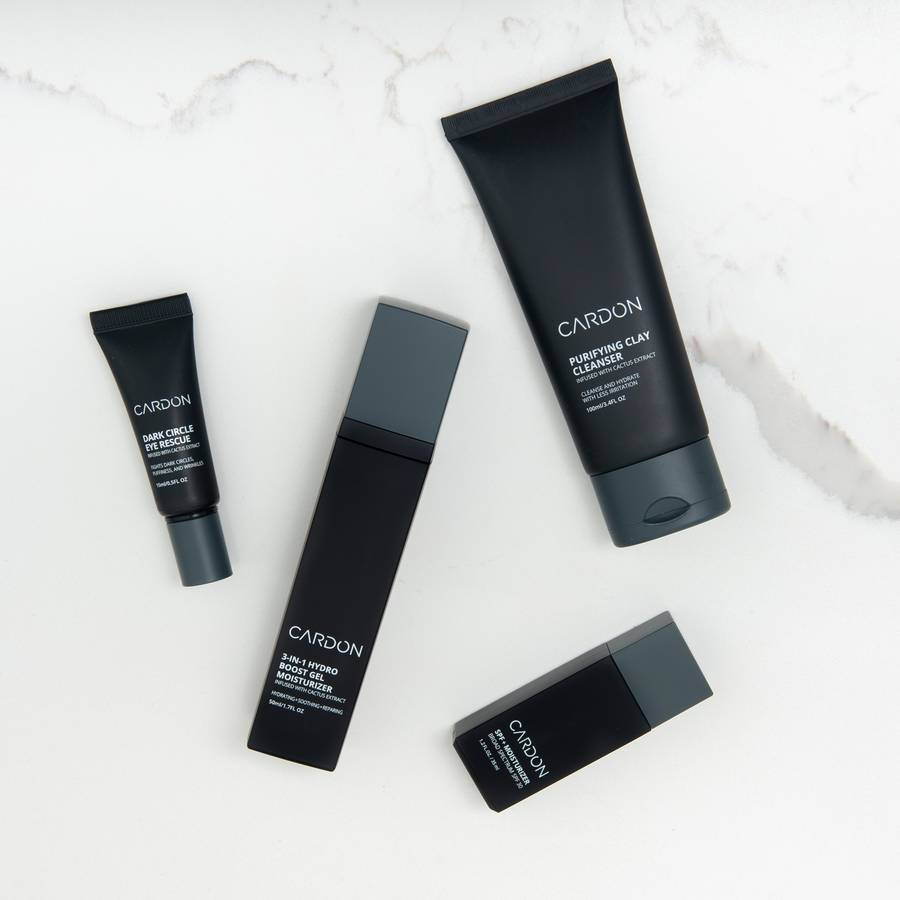
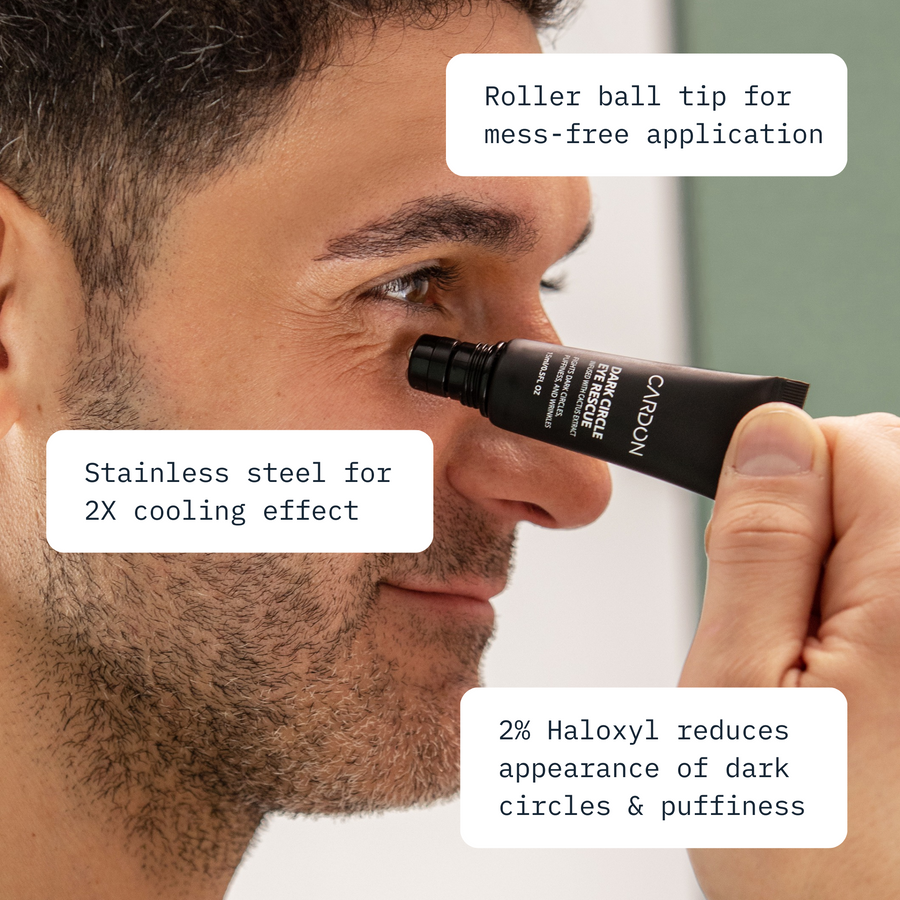
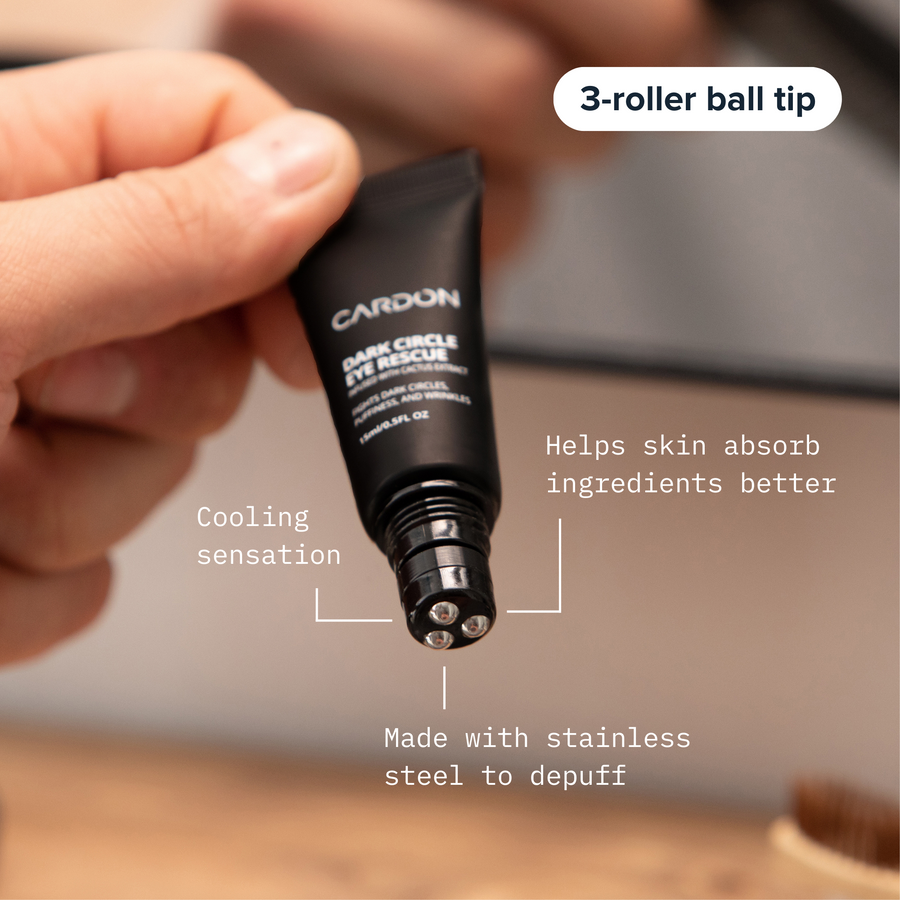

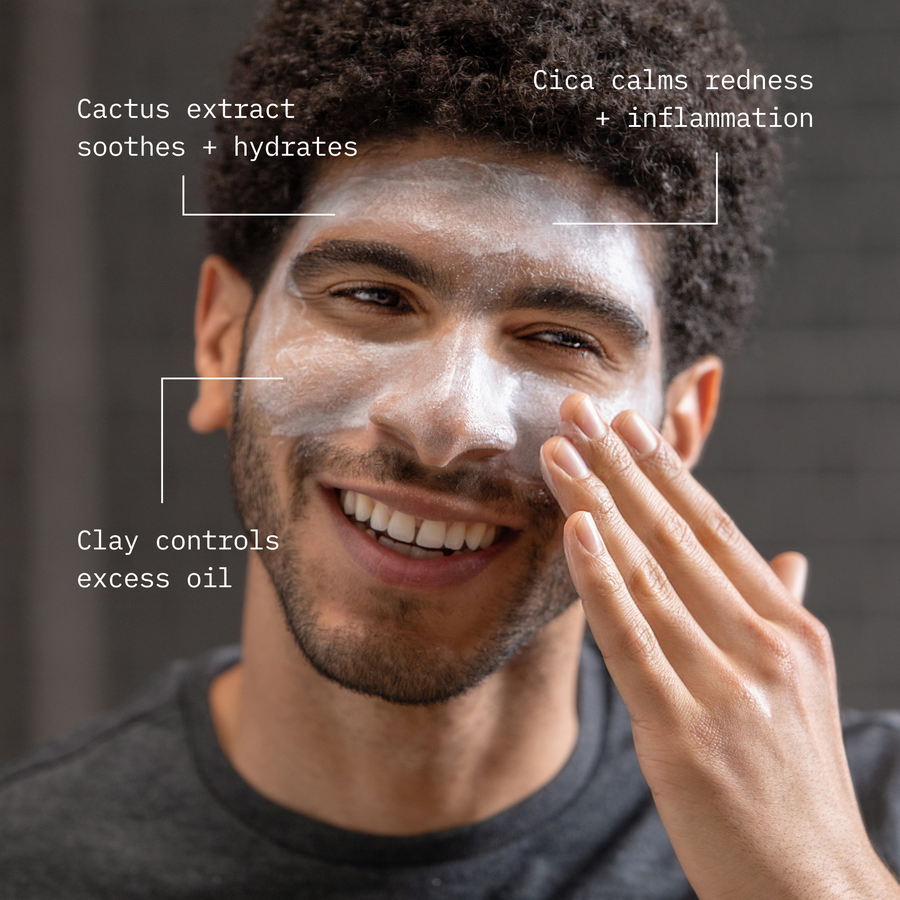
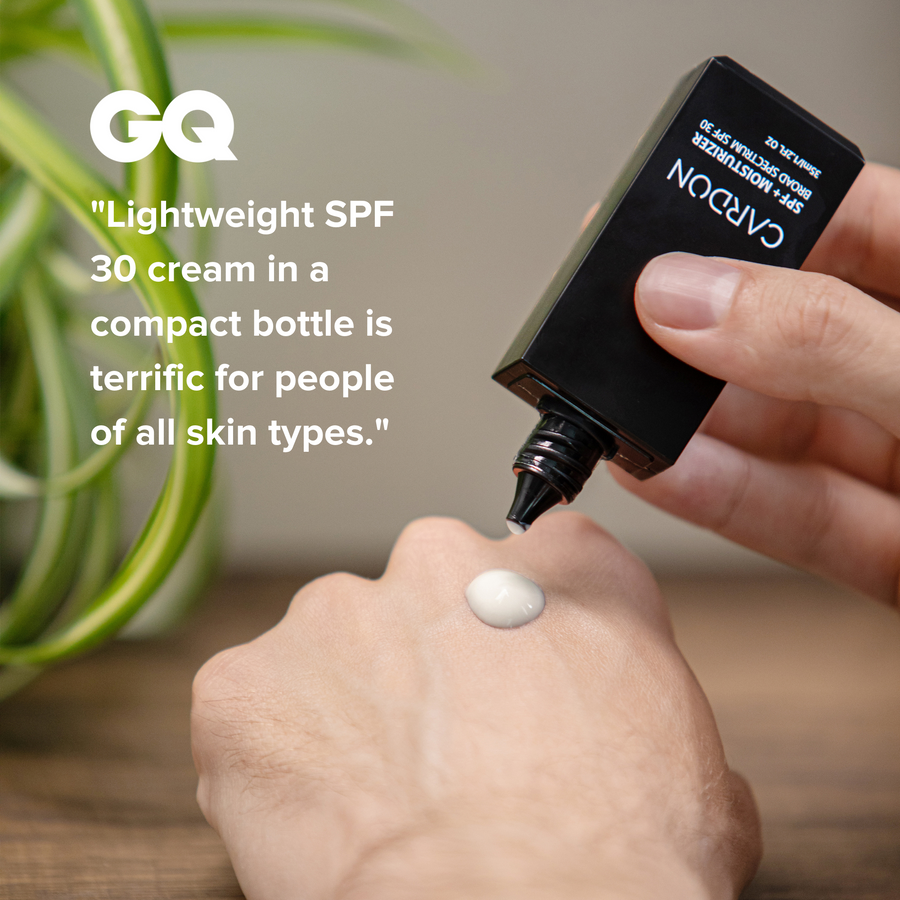
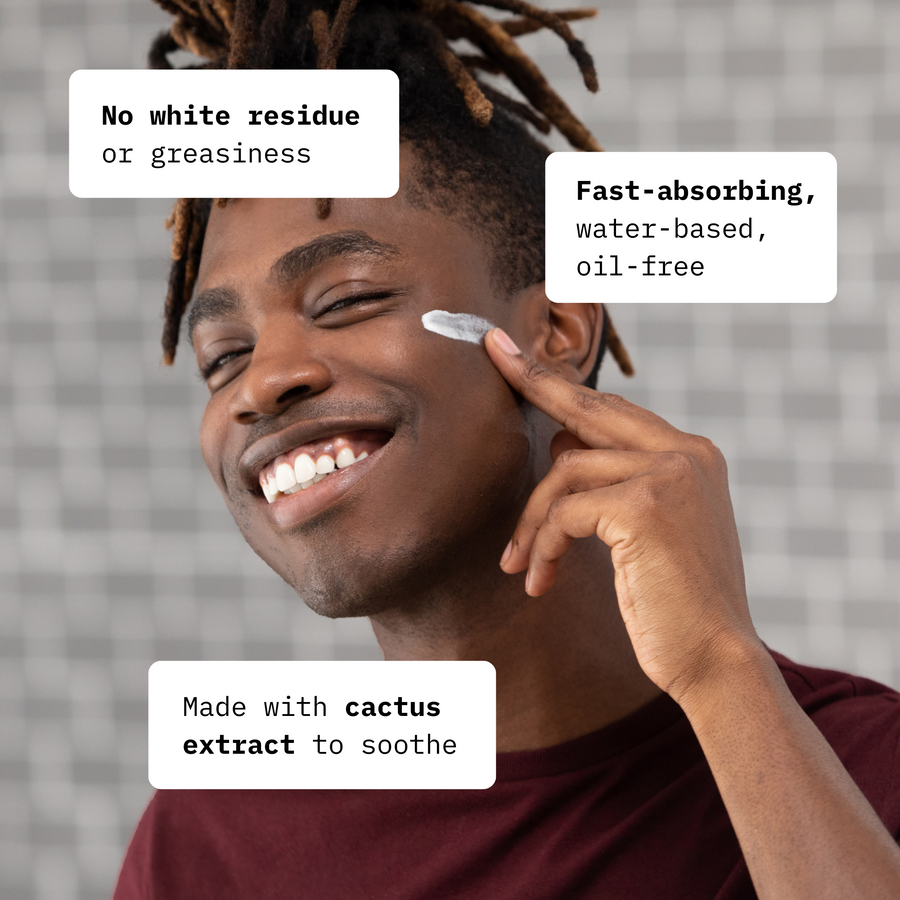

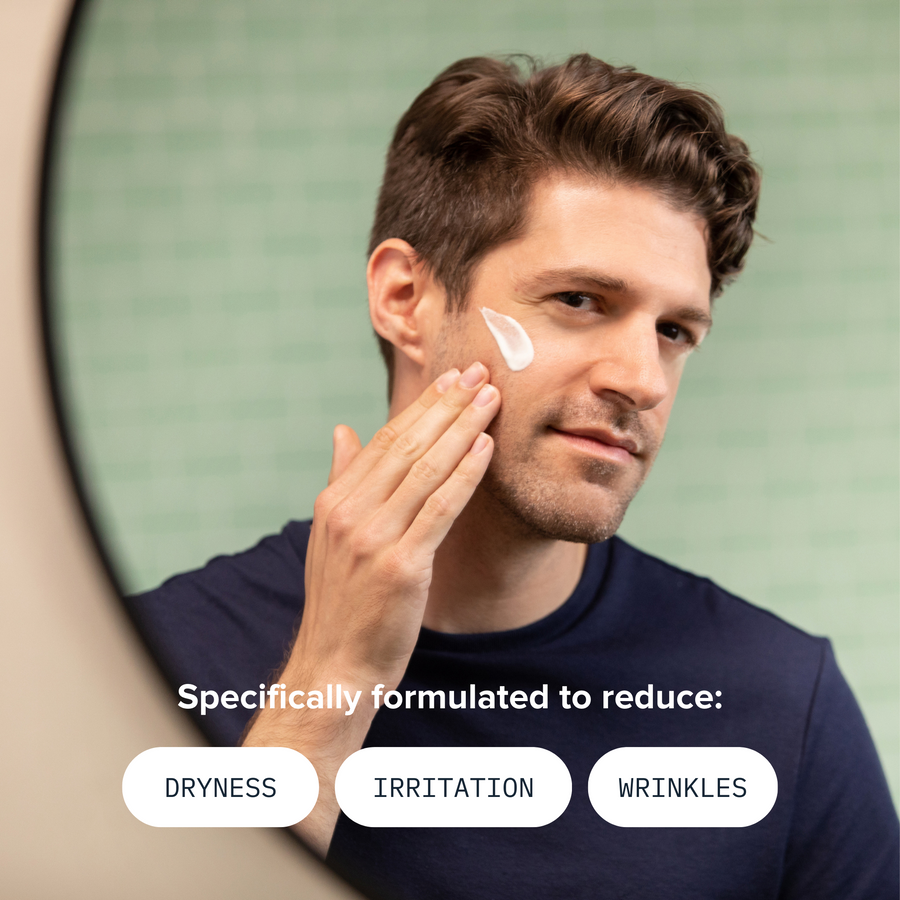
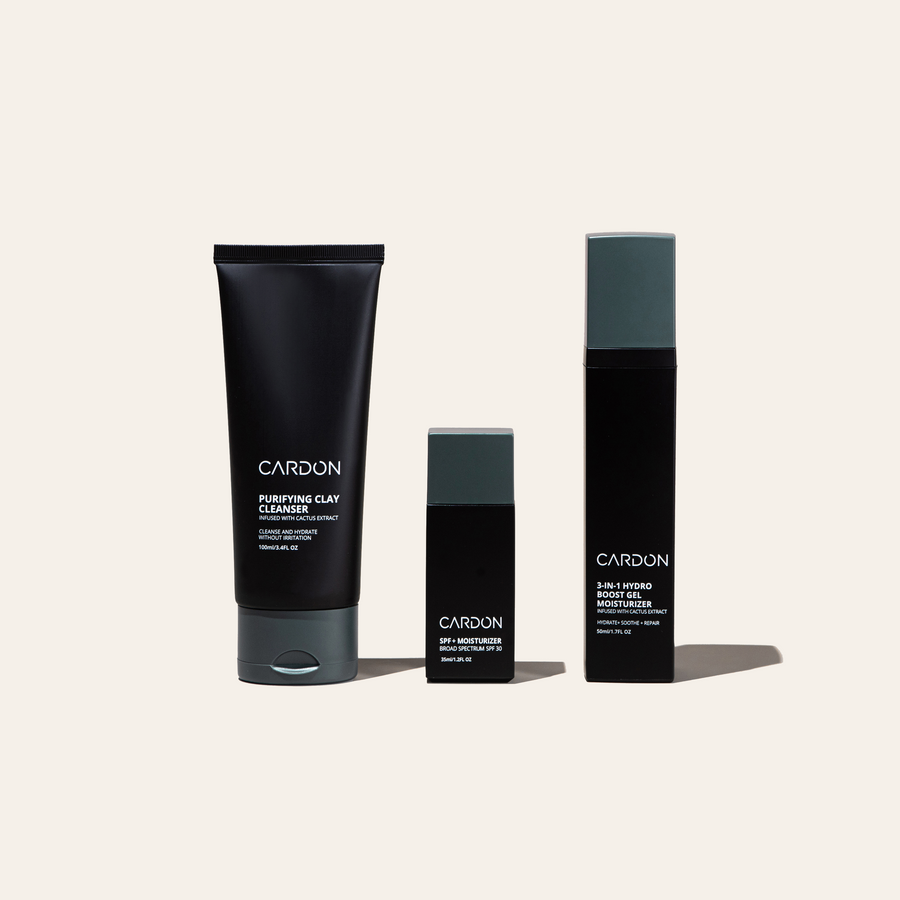

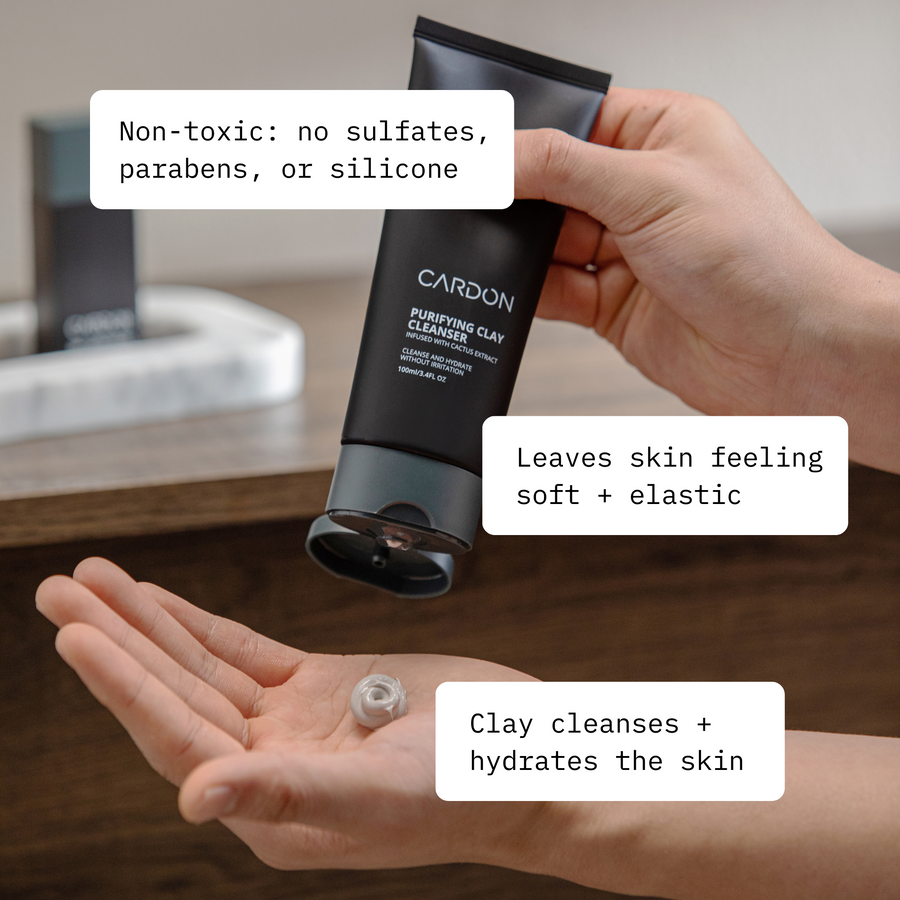
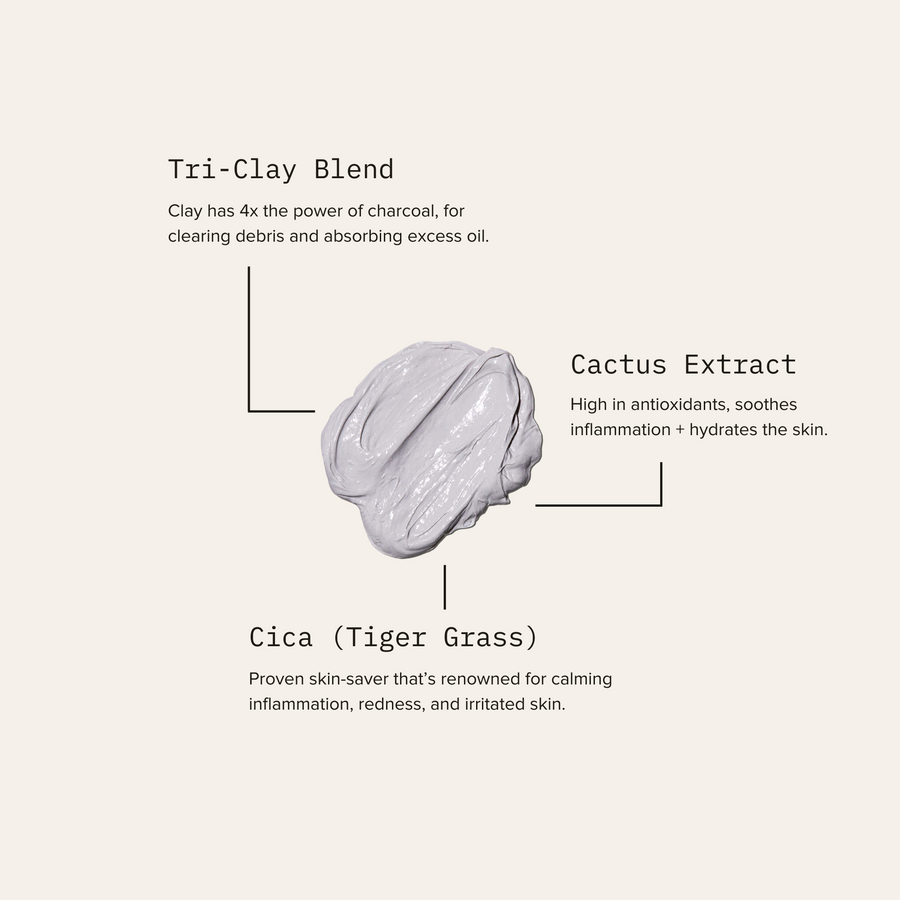
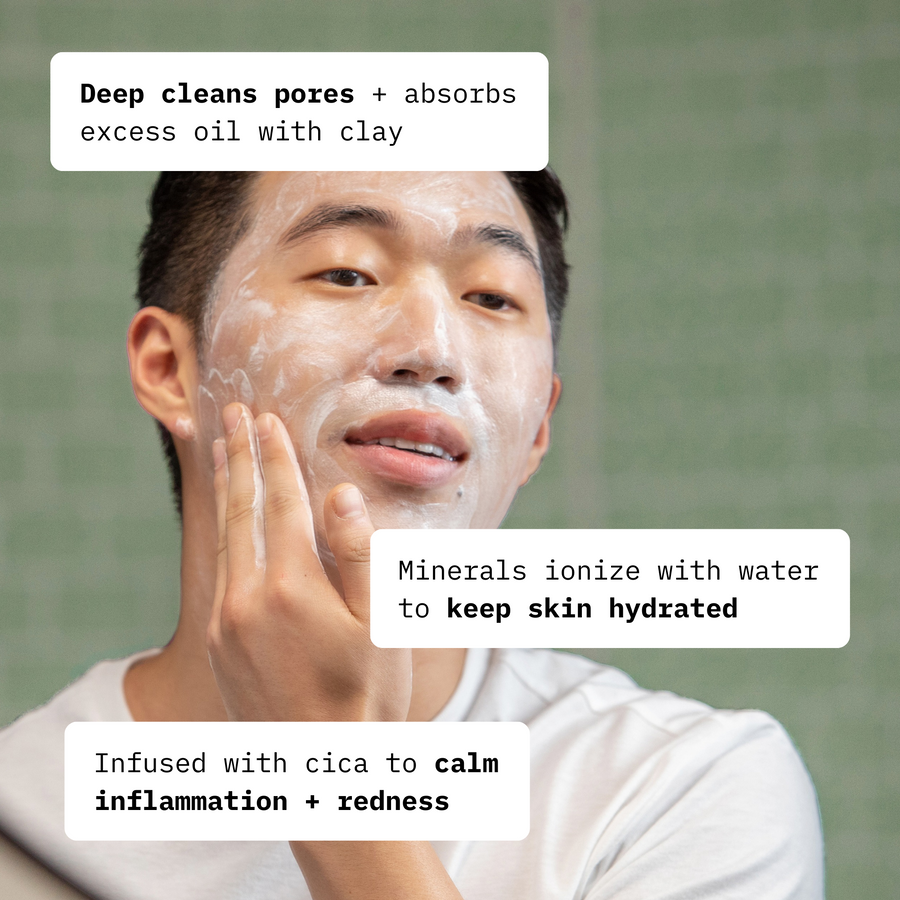


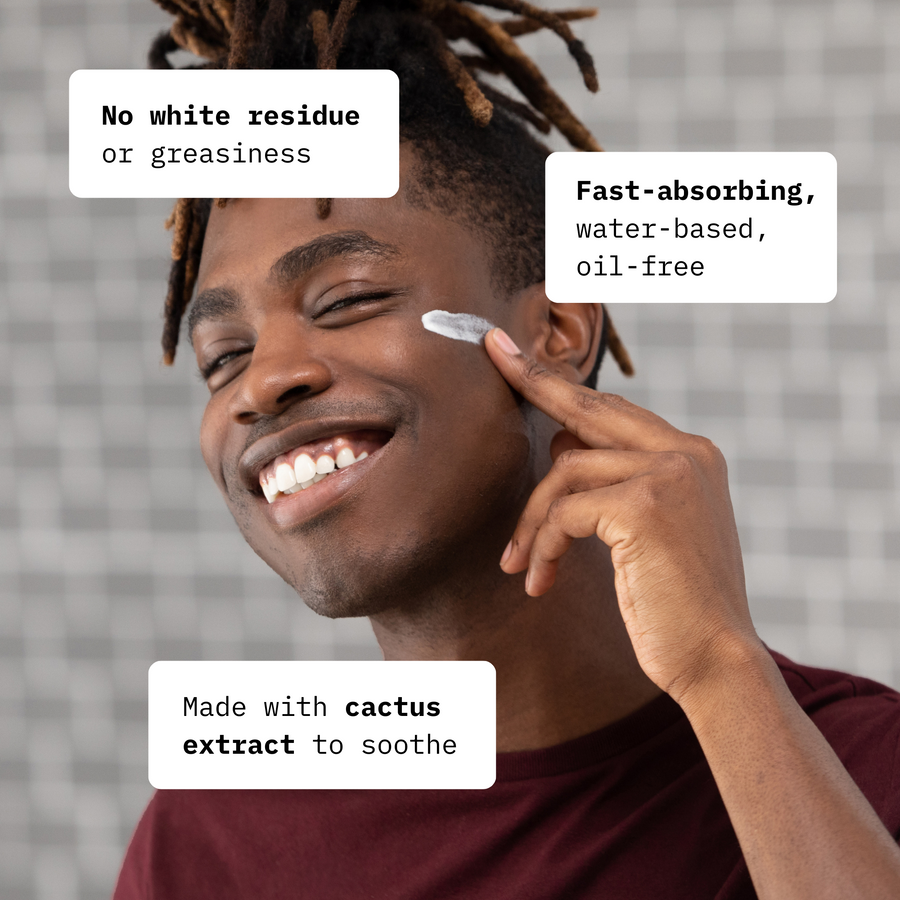

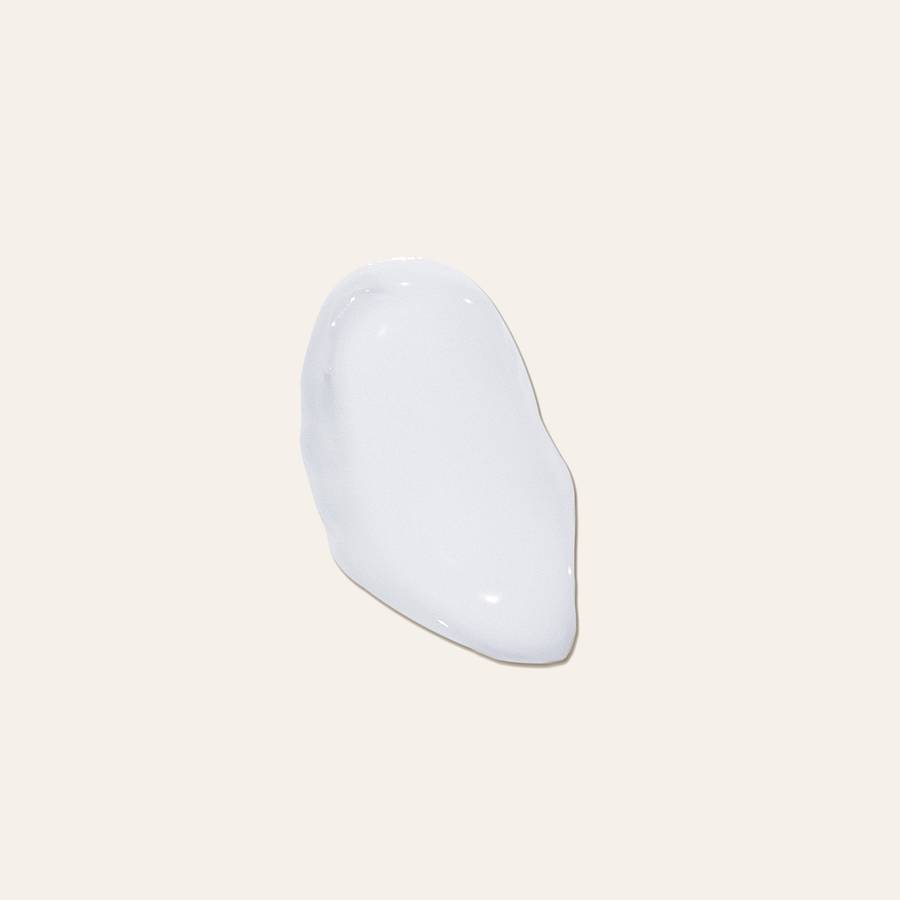
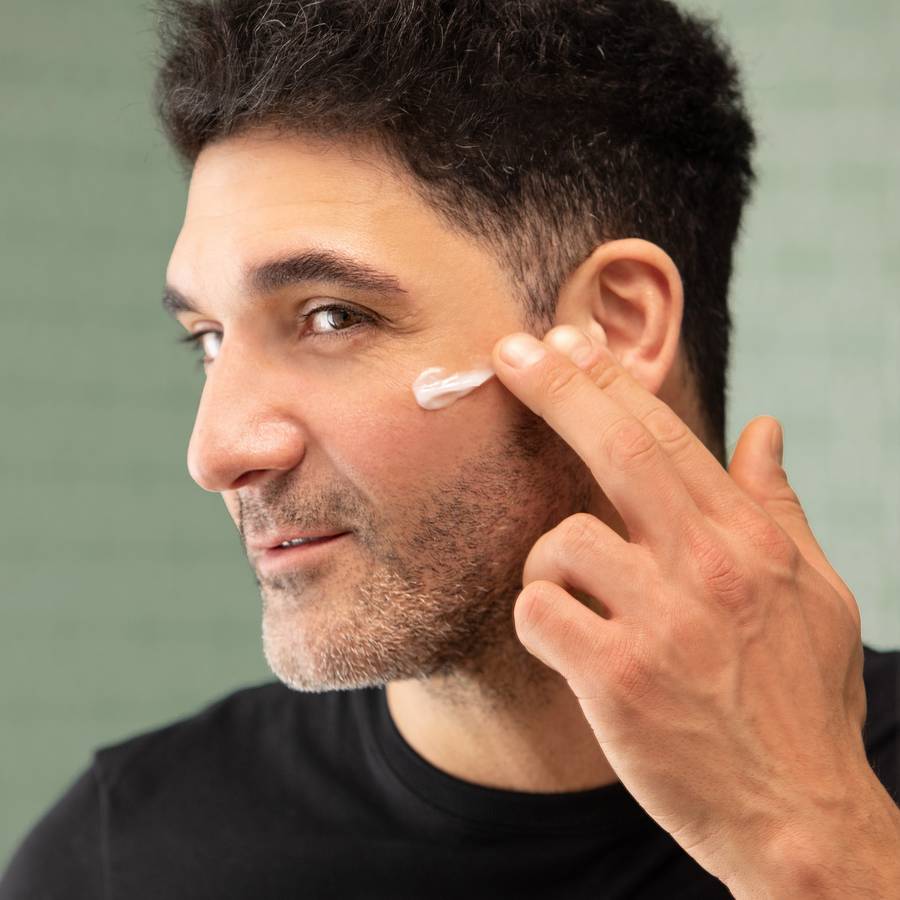
.png?v=1701688884267&options=w_900)
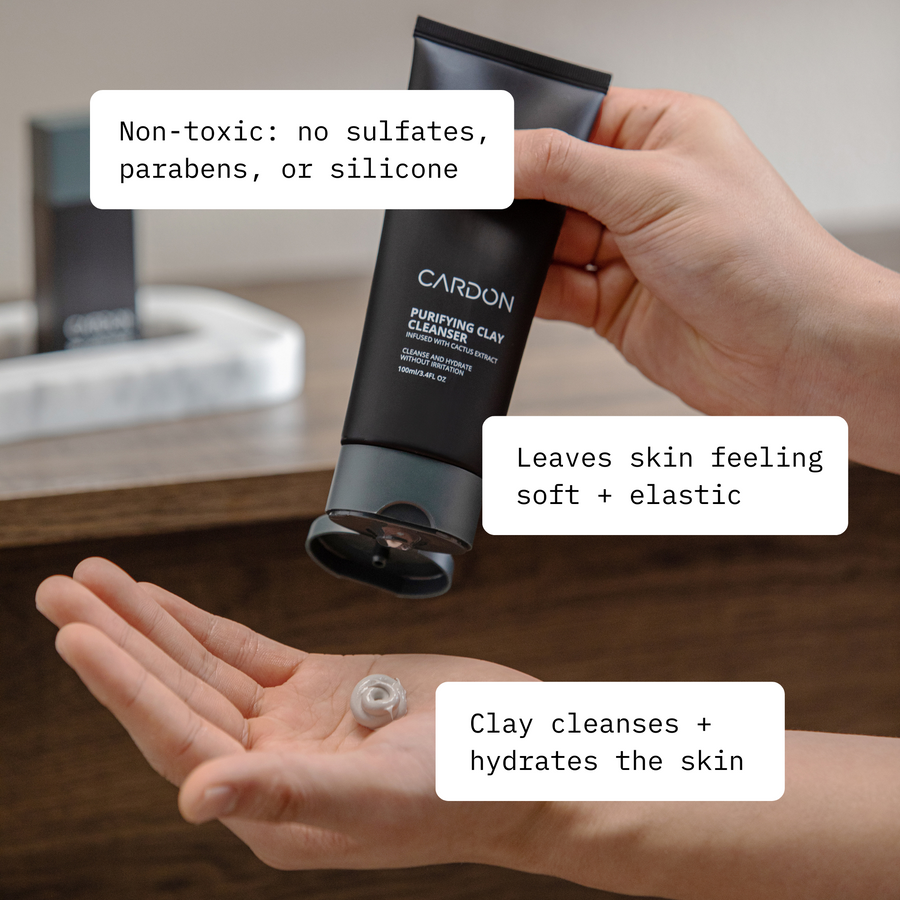
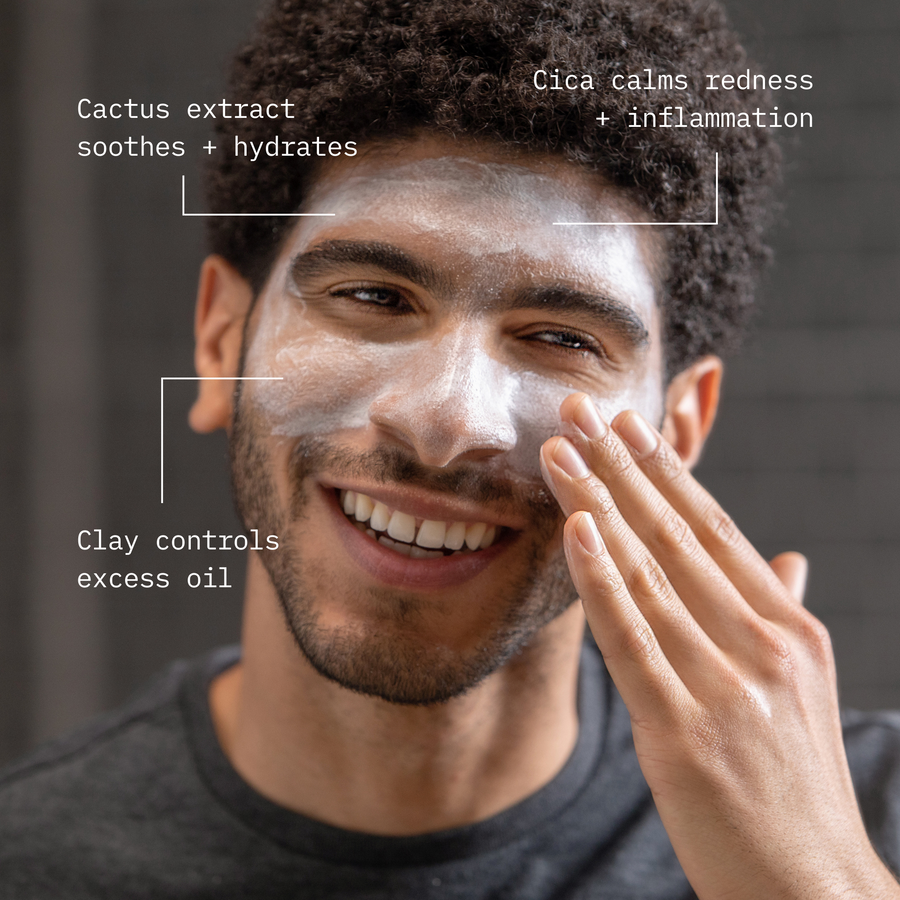
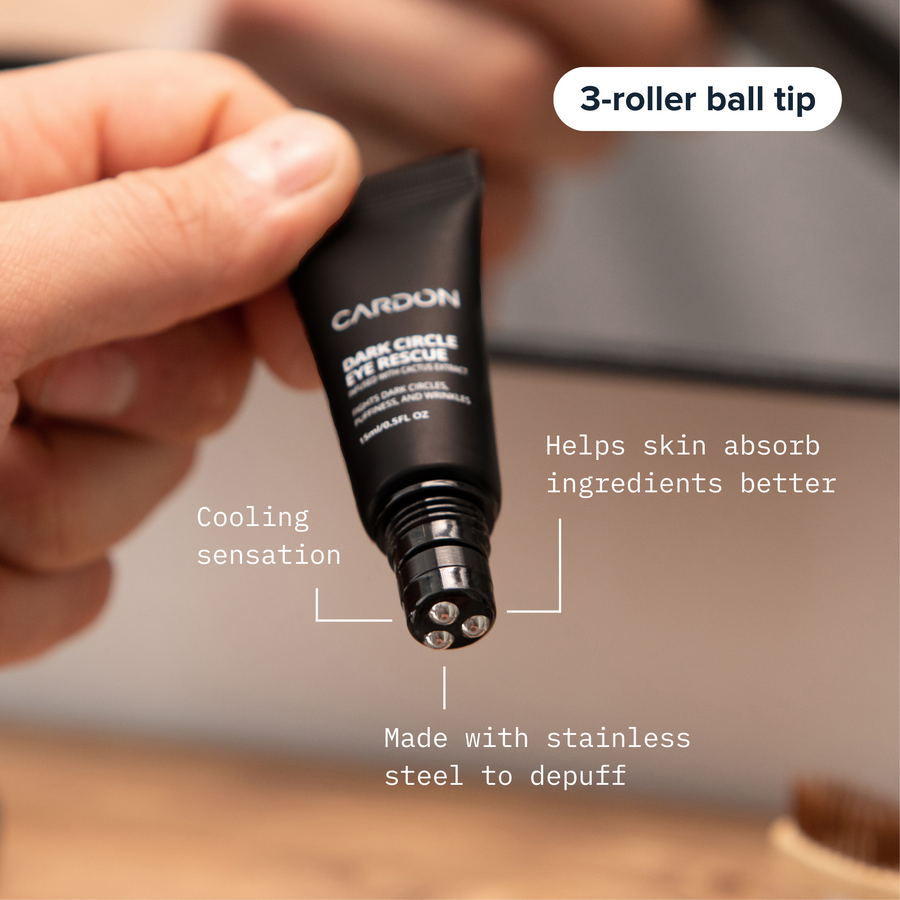
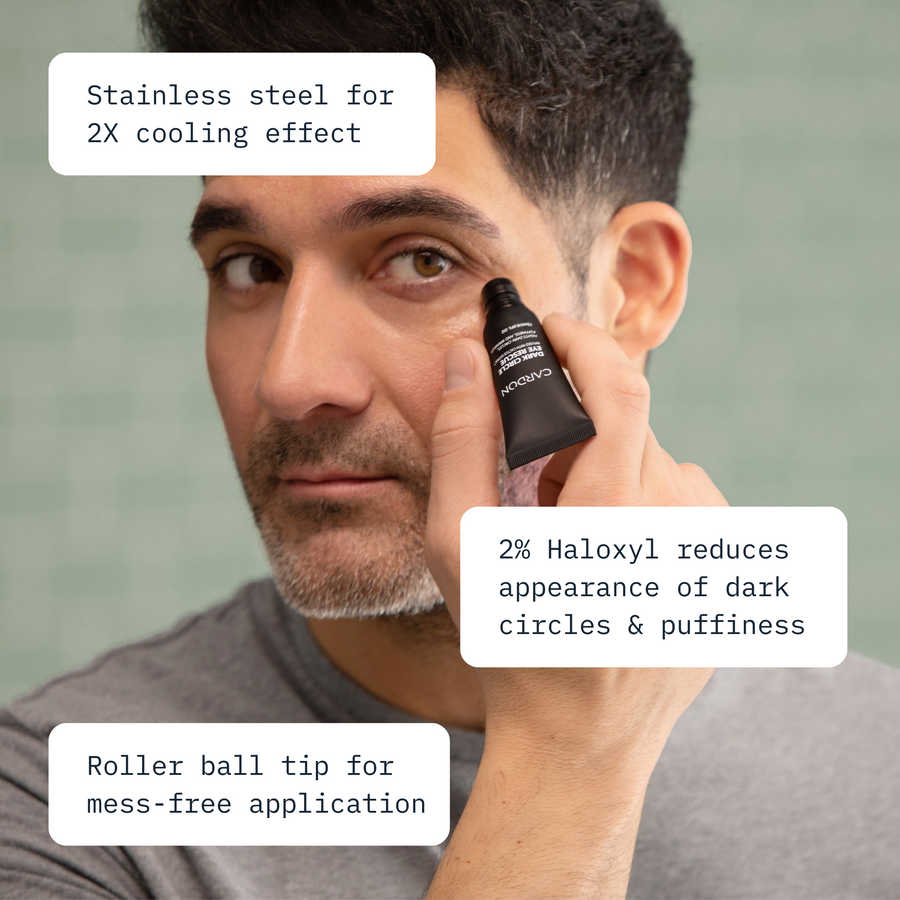
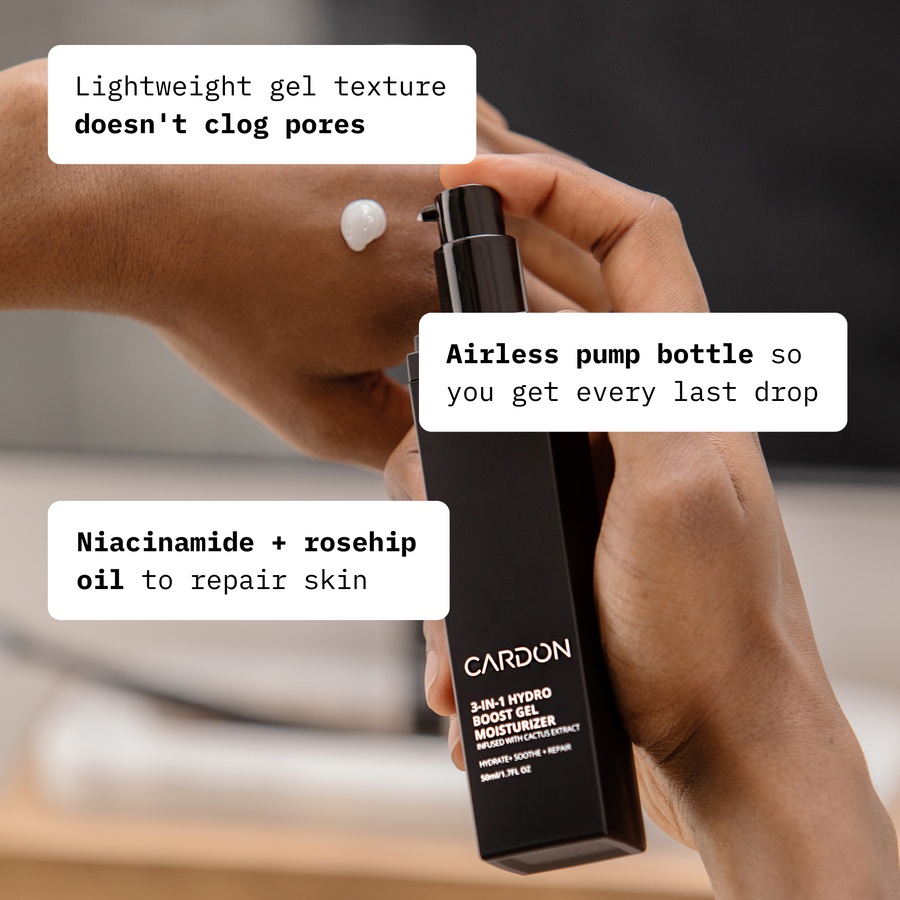

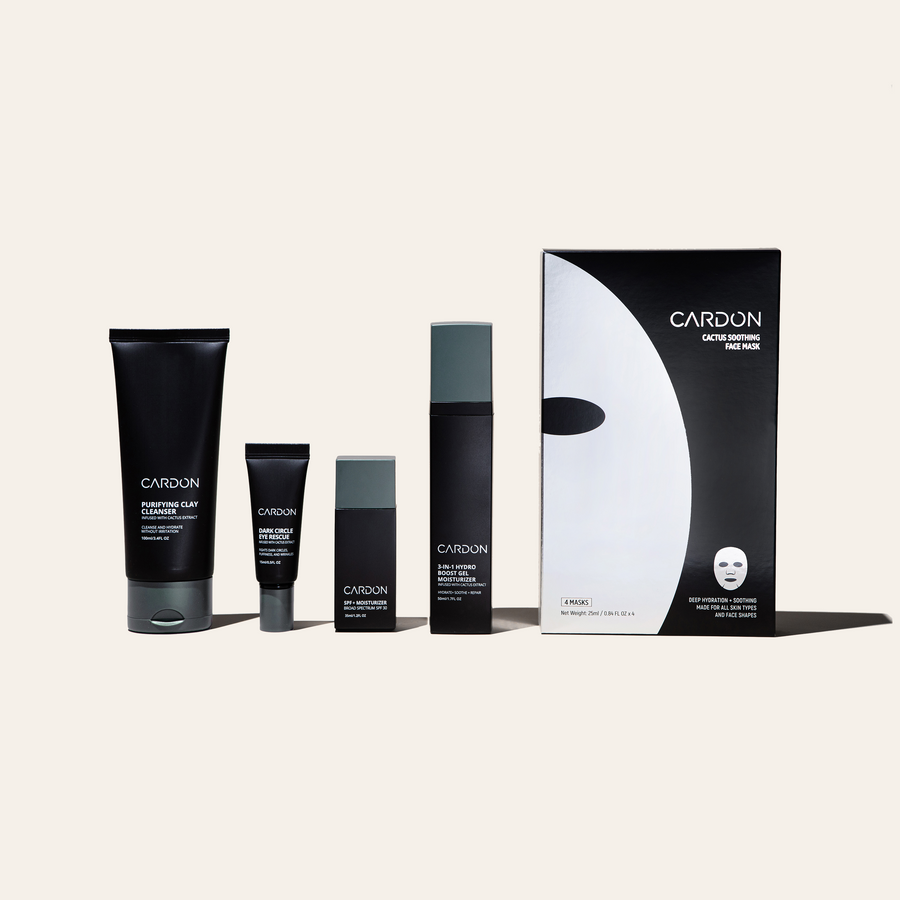
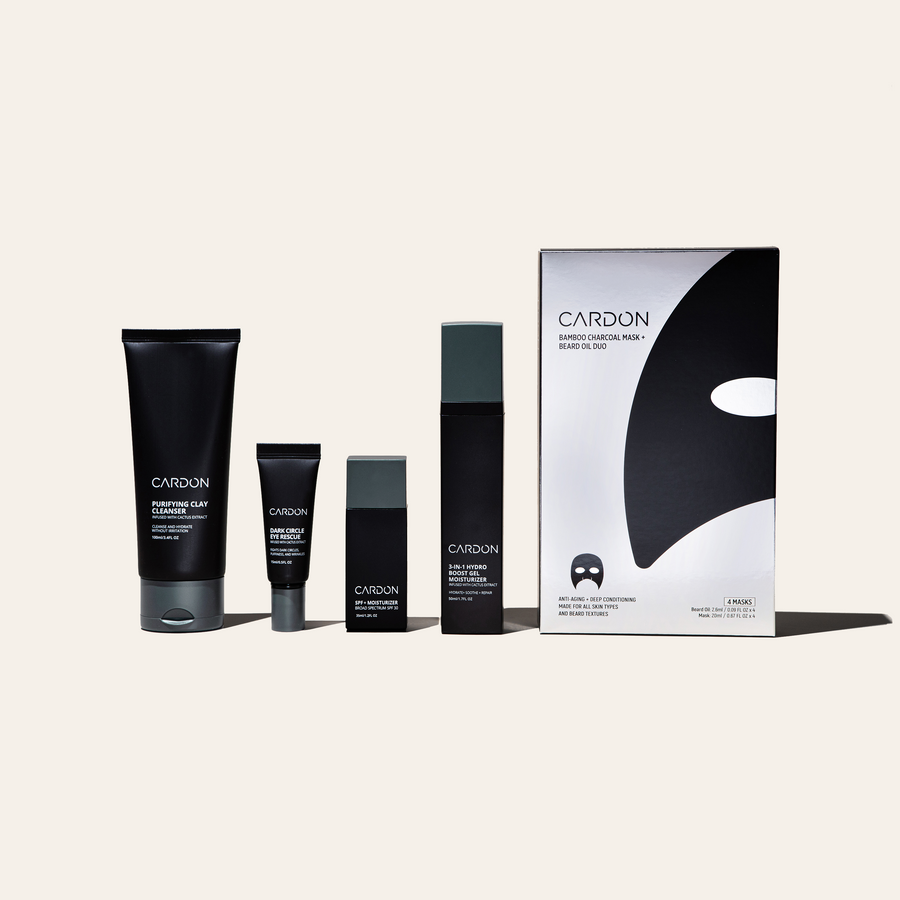
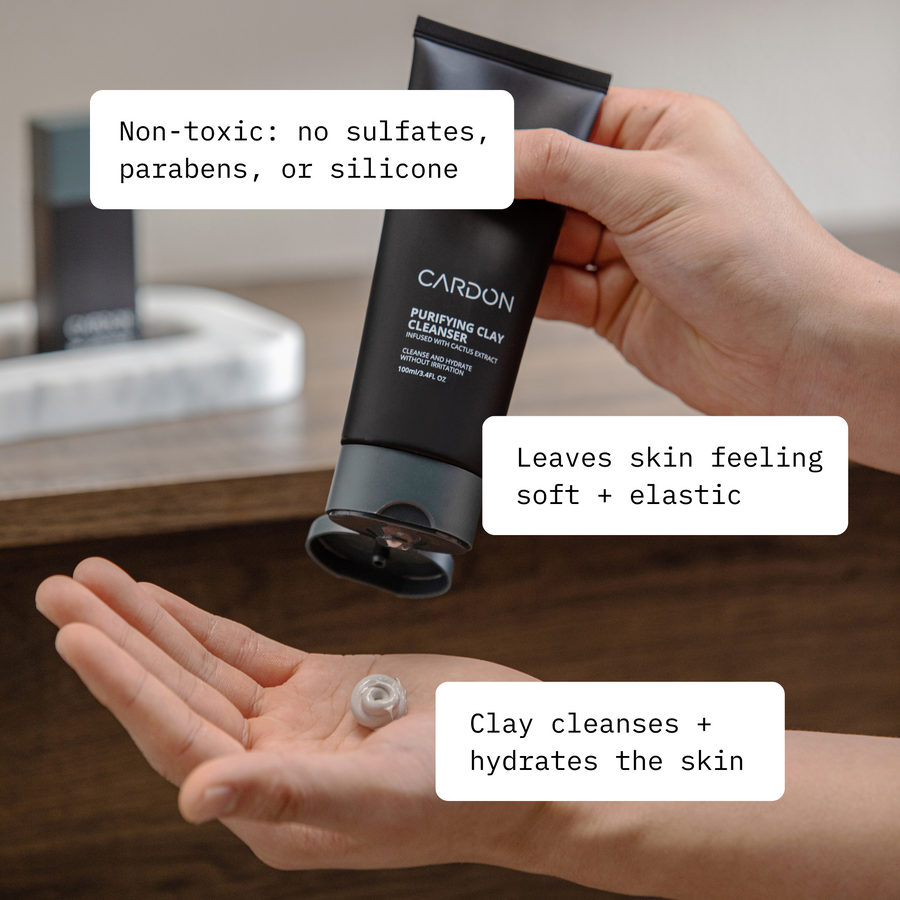
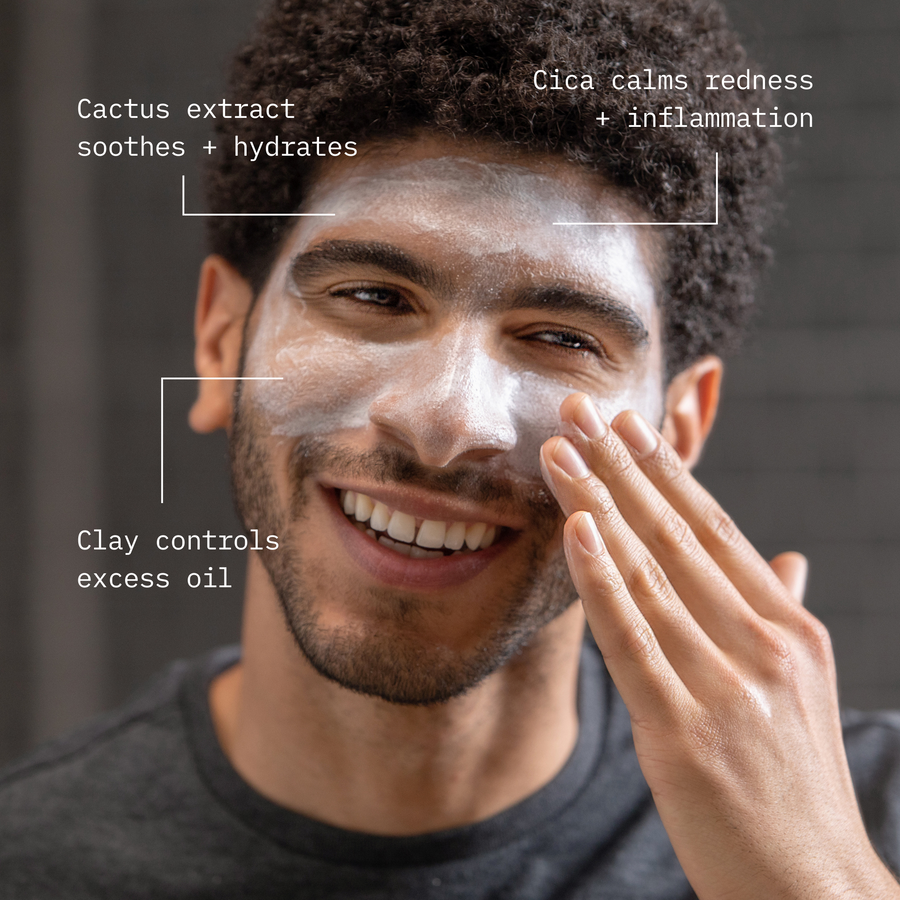
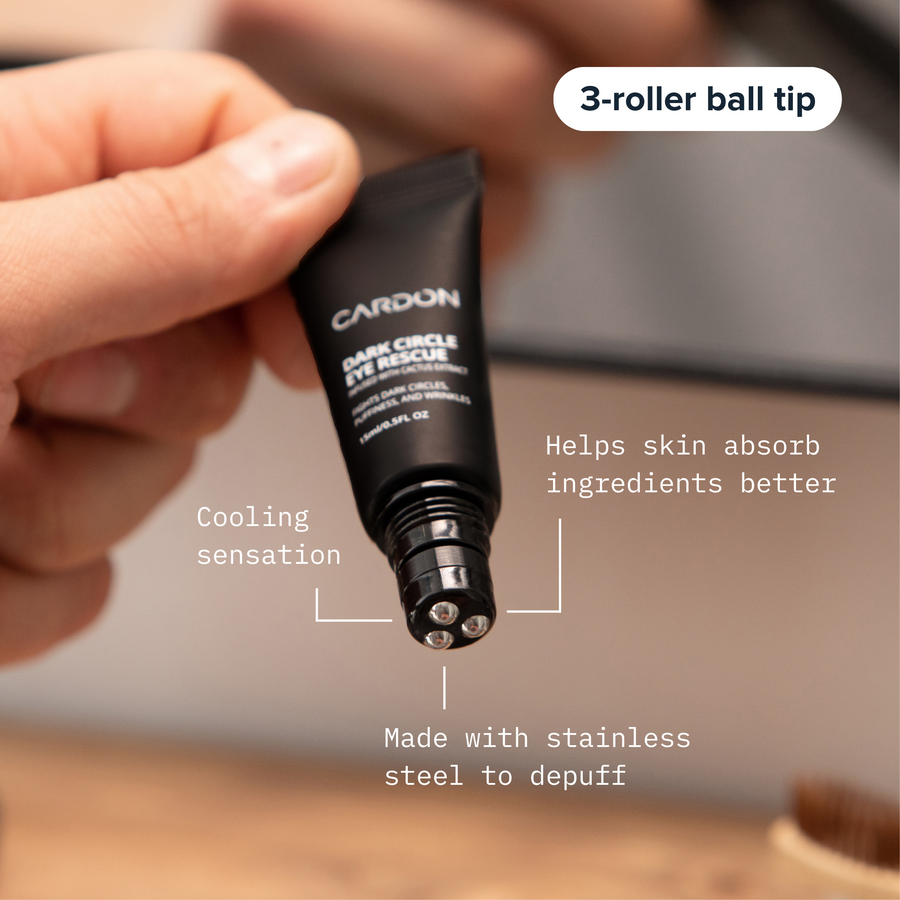
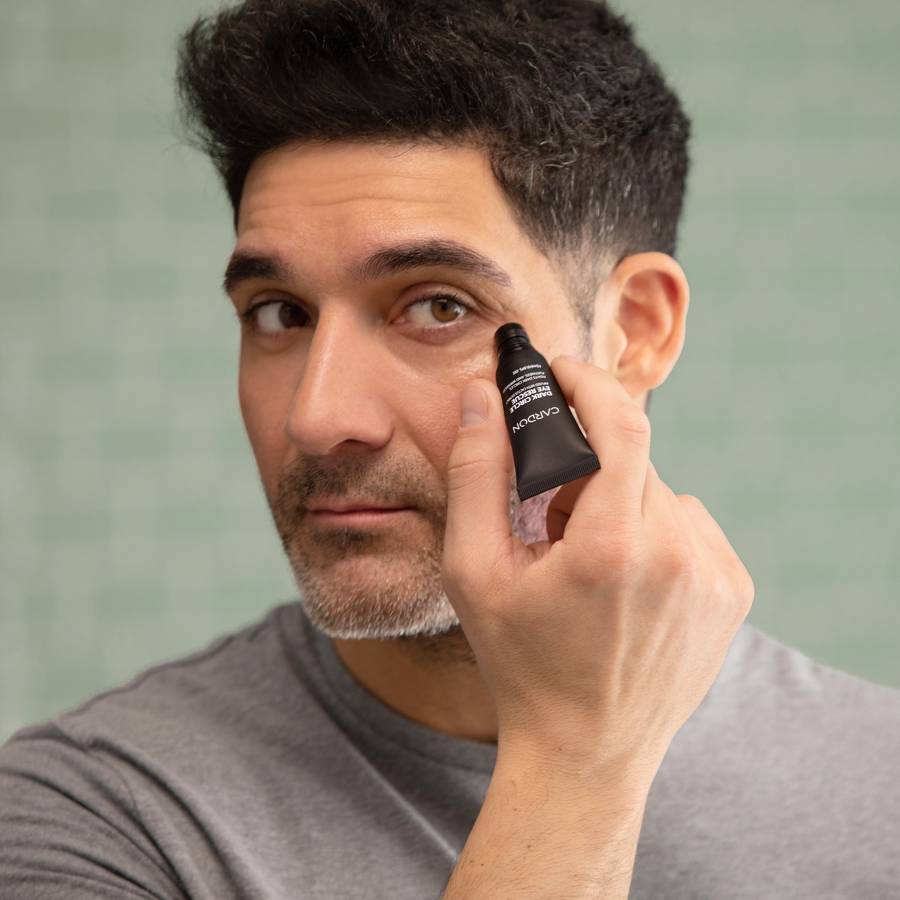
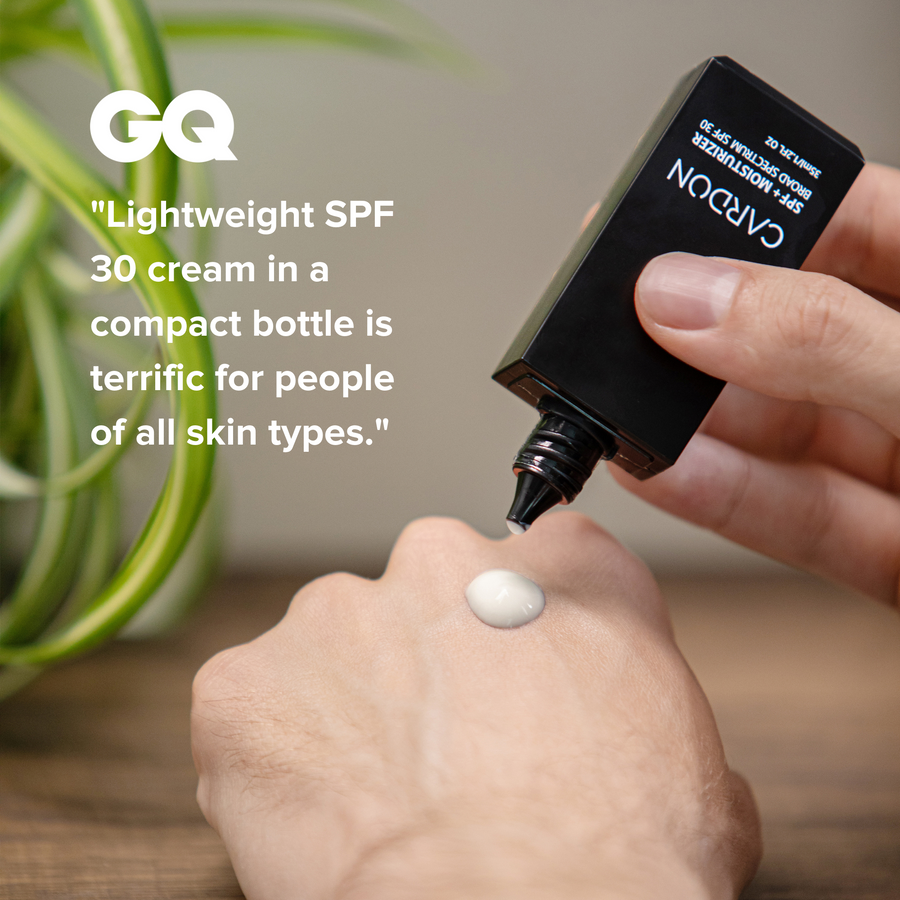
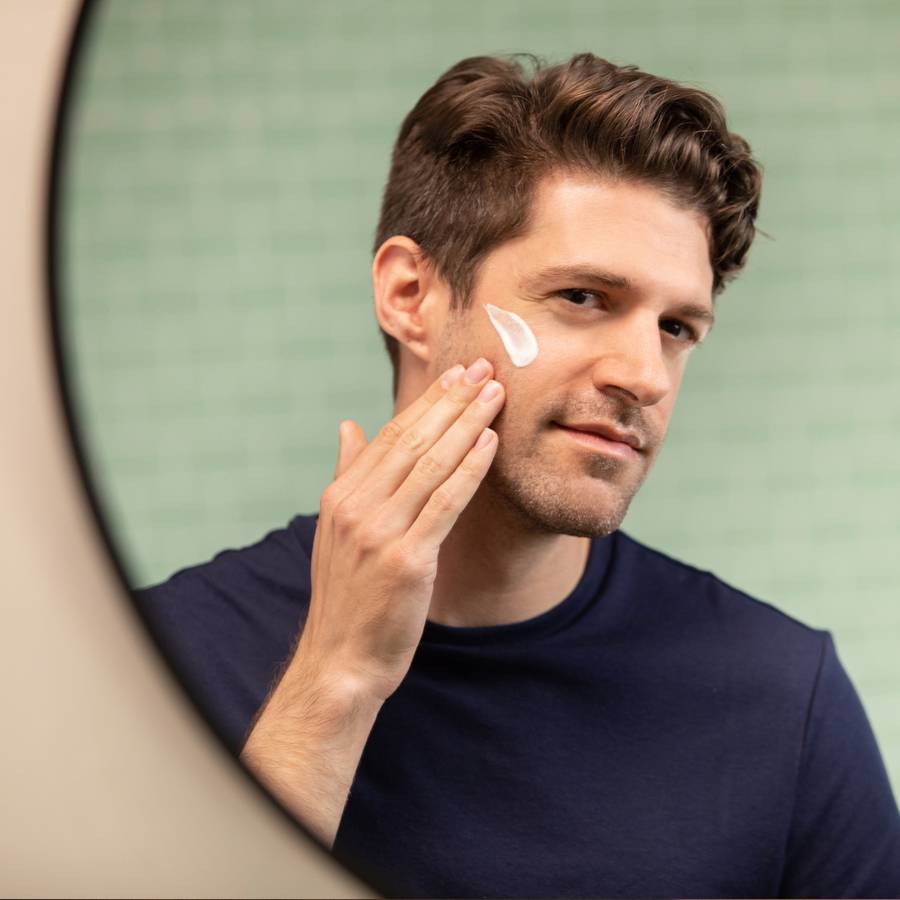
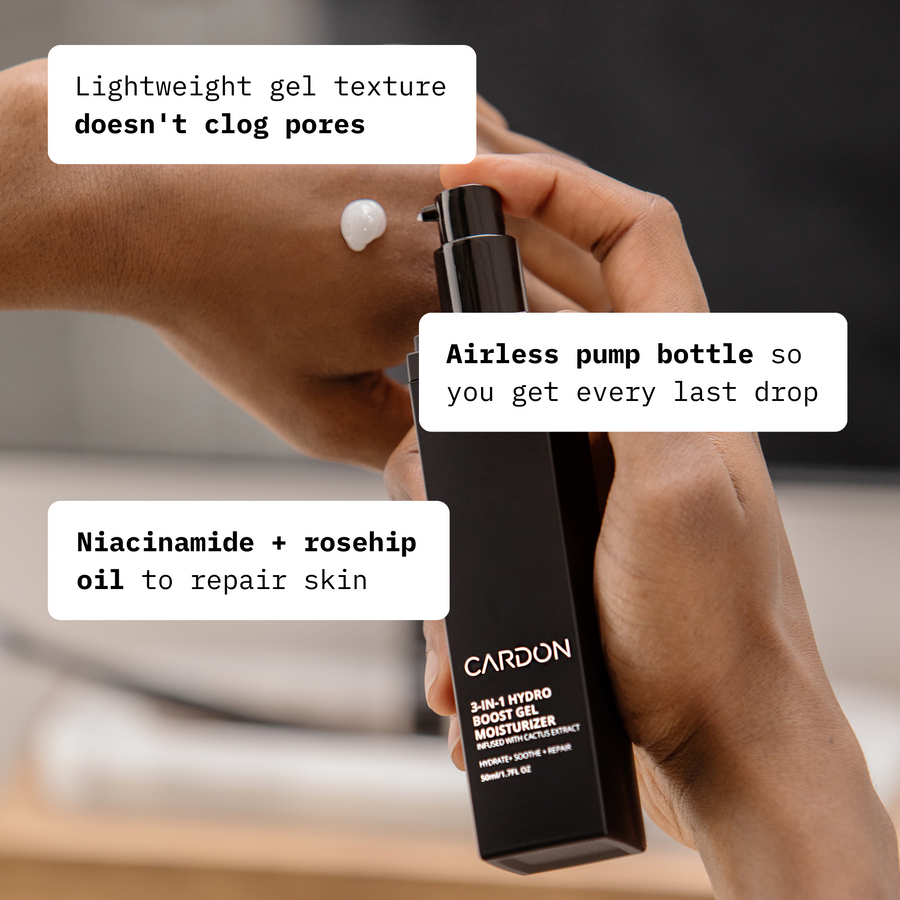

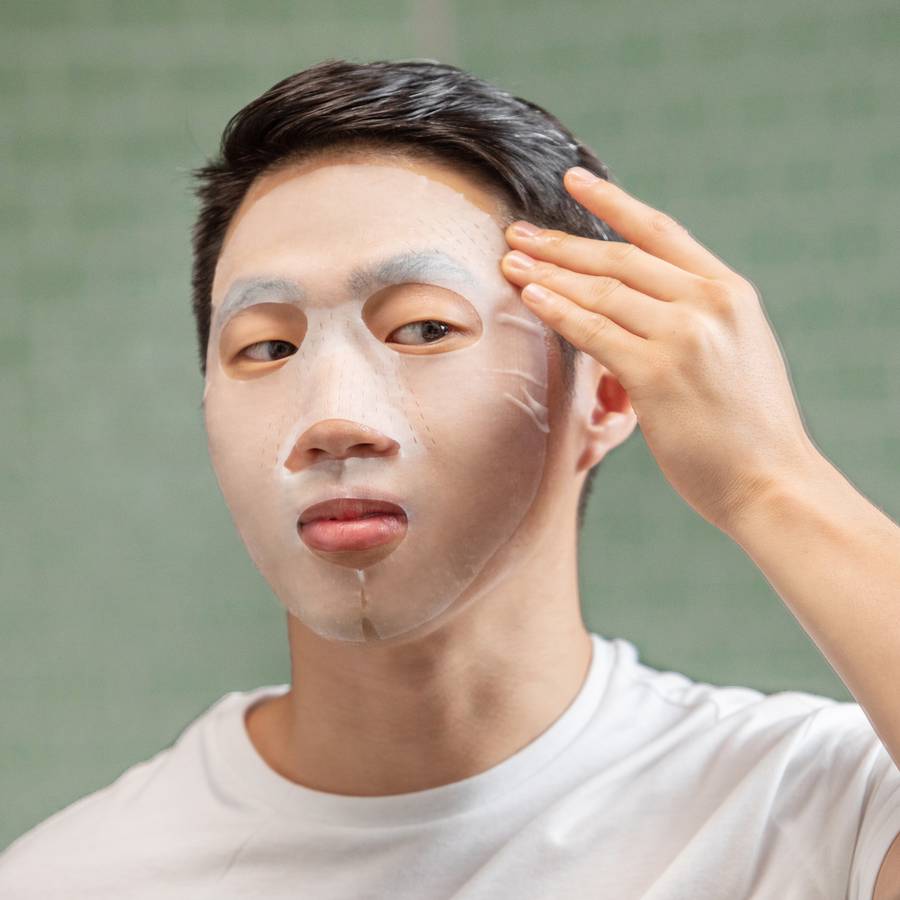


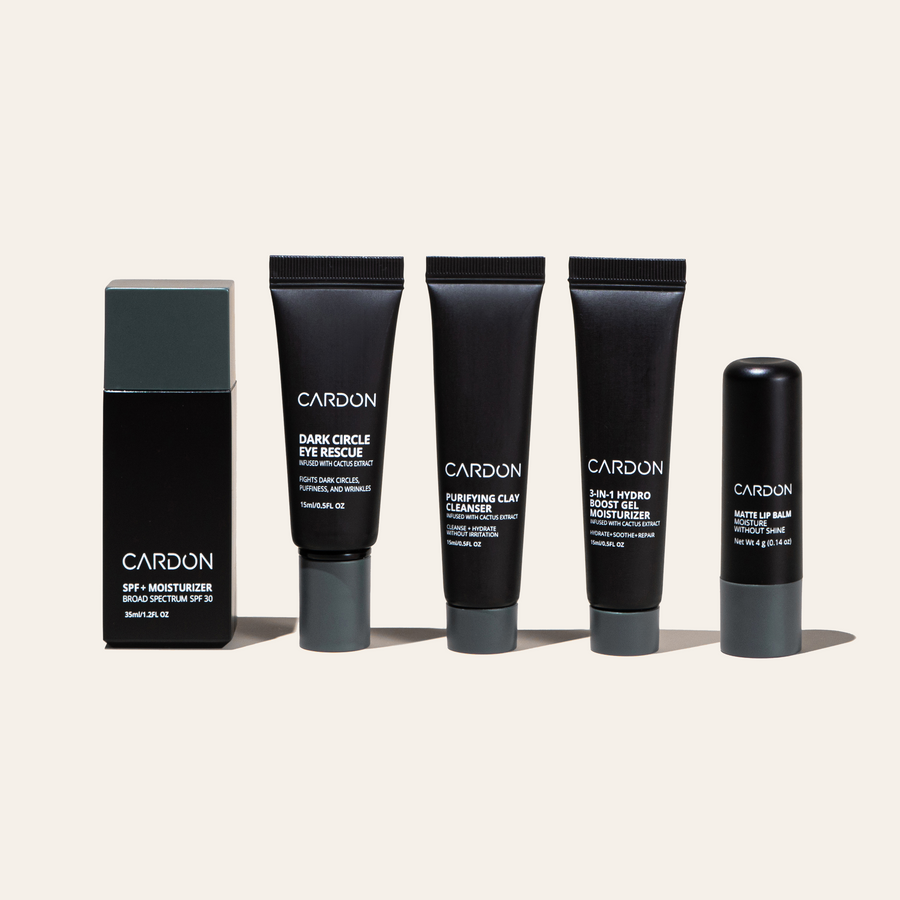
.jpg?v=1660669602636&options=w_900)
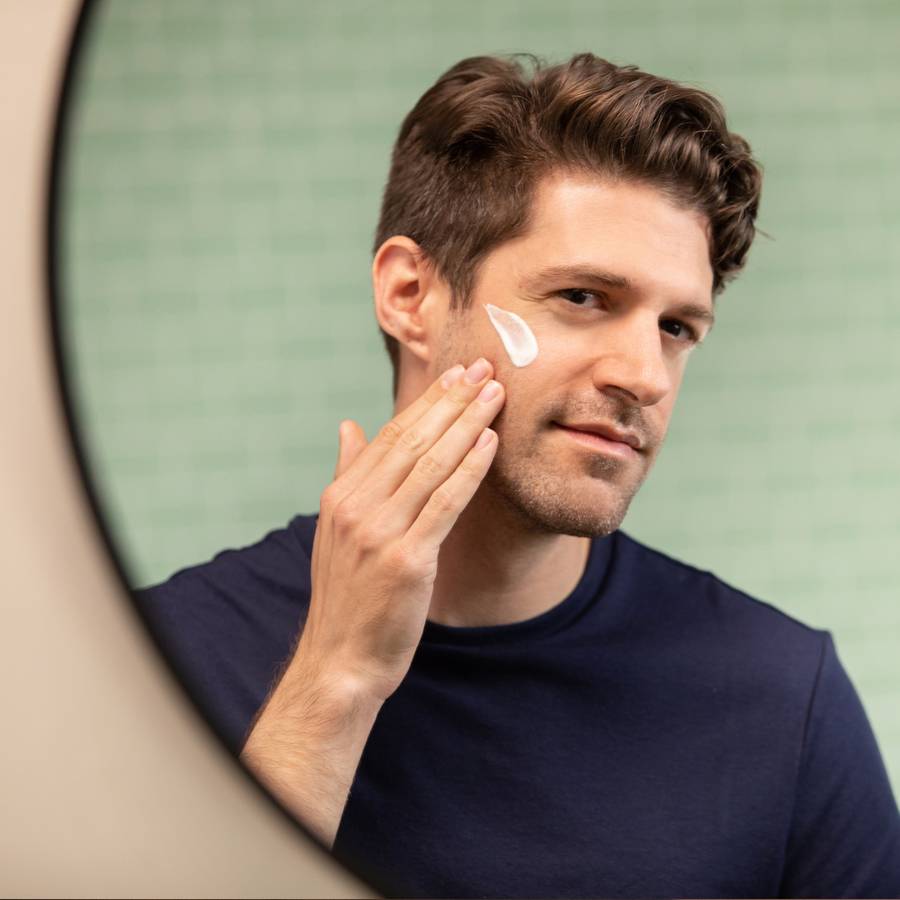
.jpg?v=1660669712802&options=w_900)
.jpg?v=1660669523094&options=w_900)

.jpg?v=1660669849450&options=w_900)
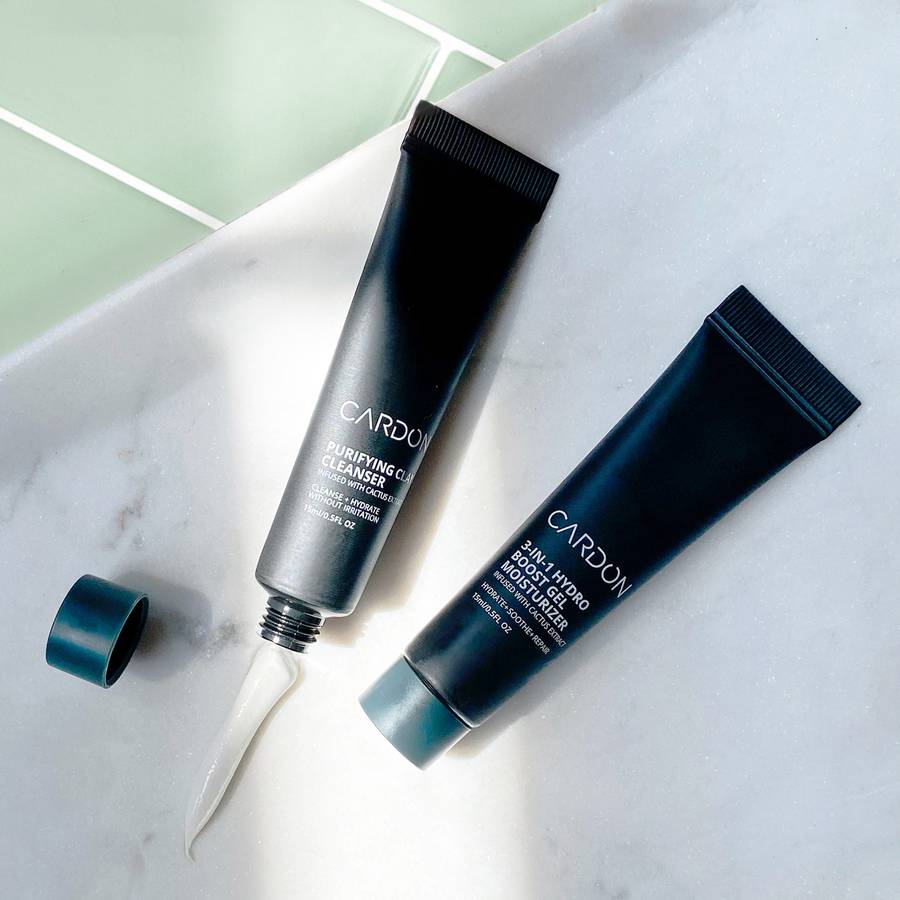
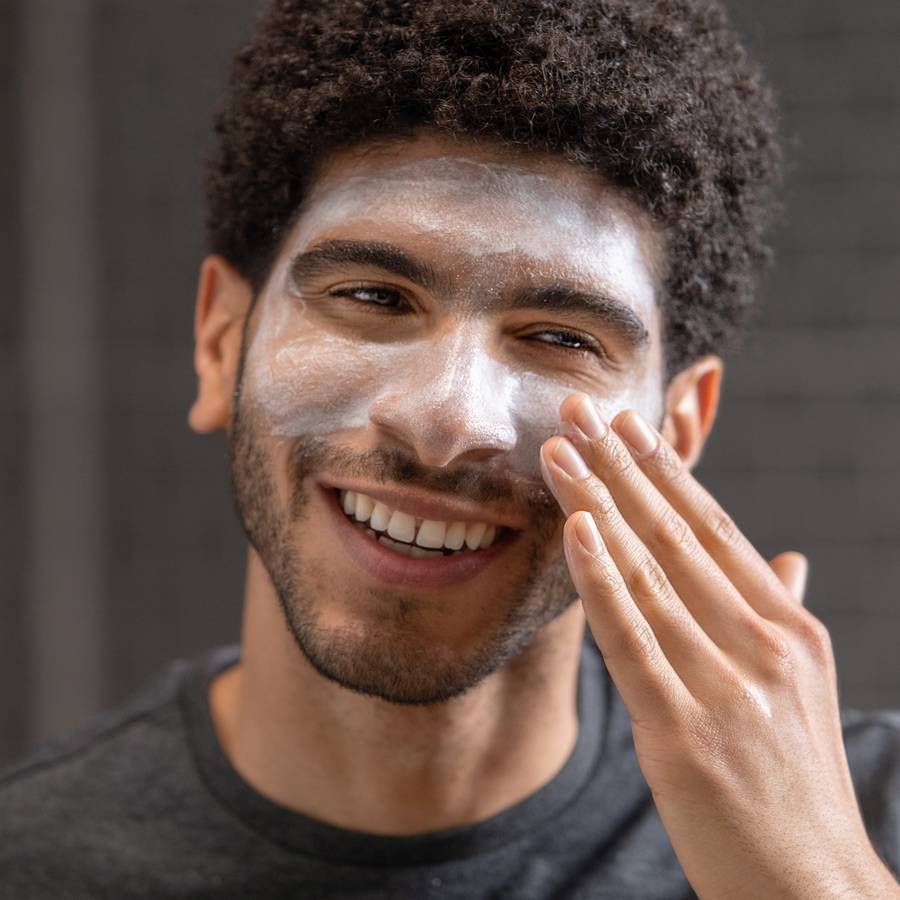

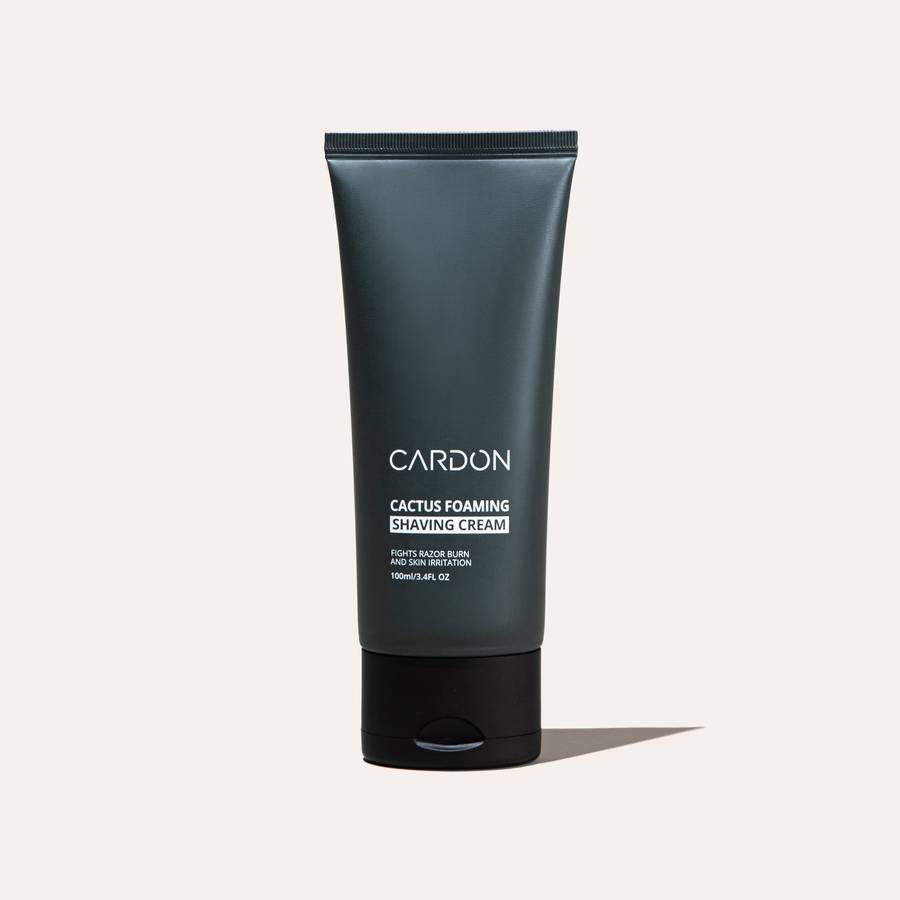
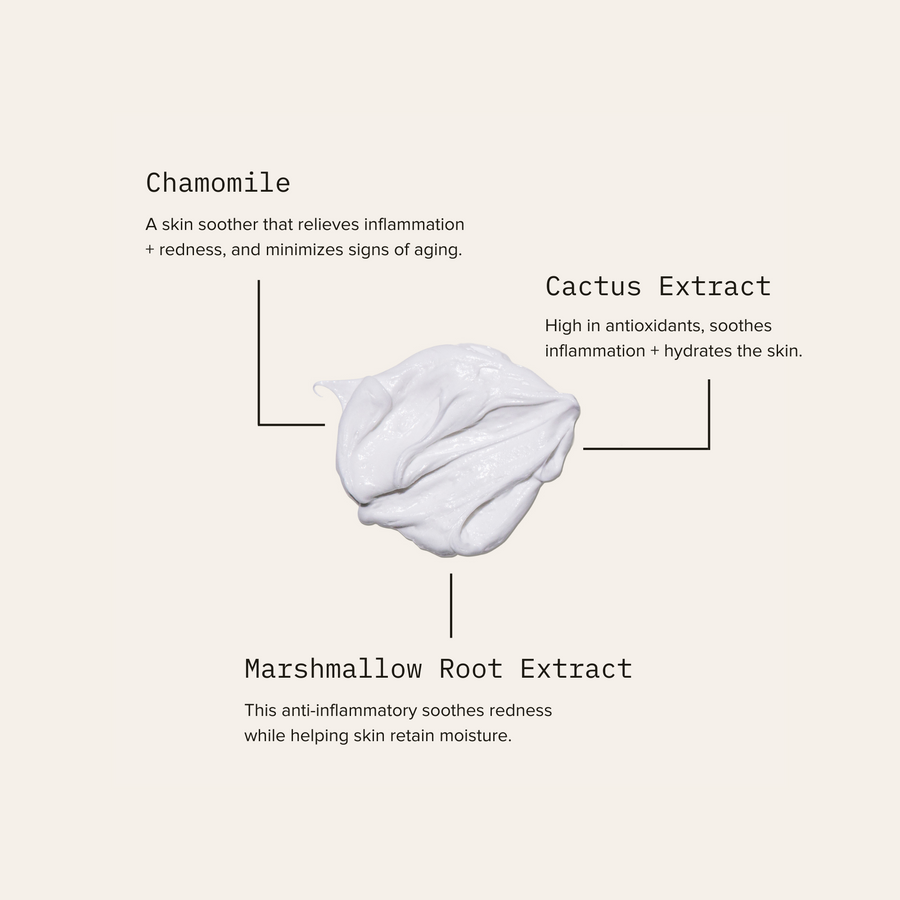

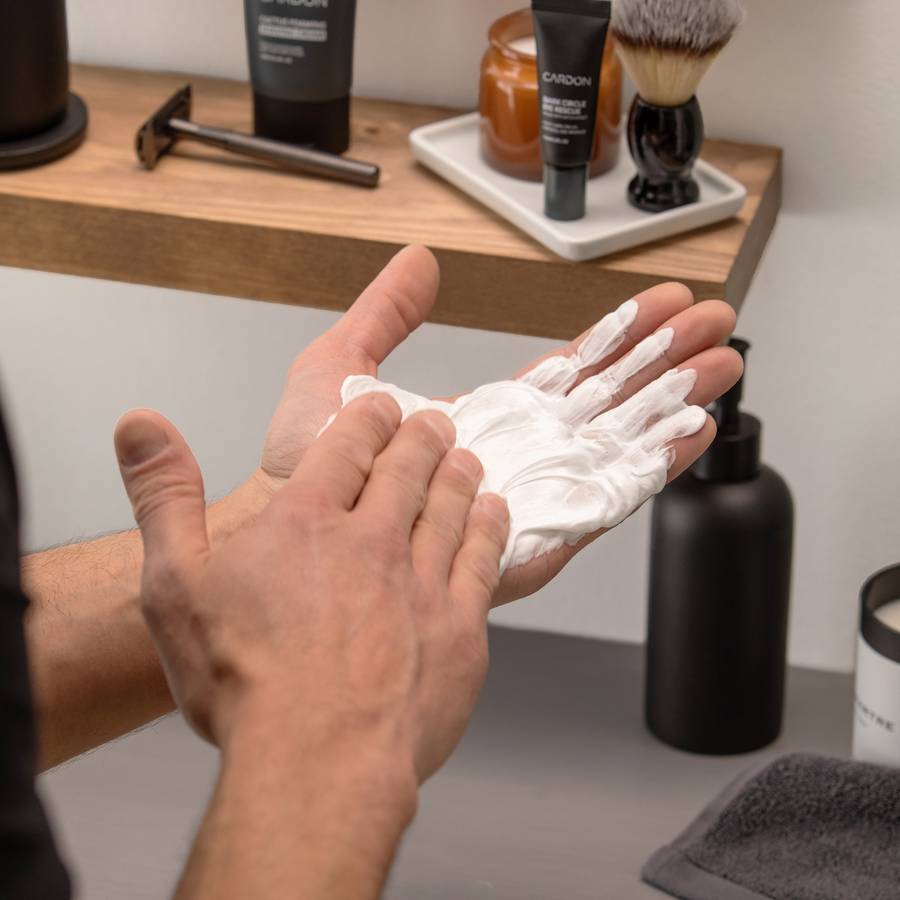
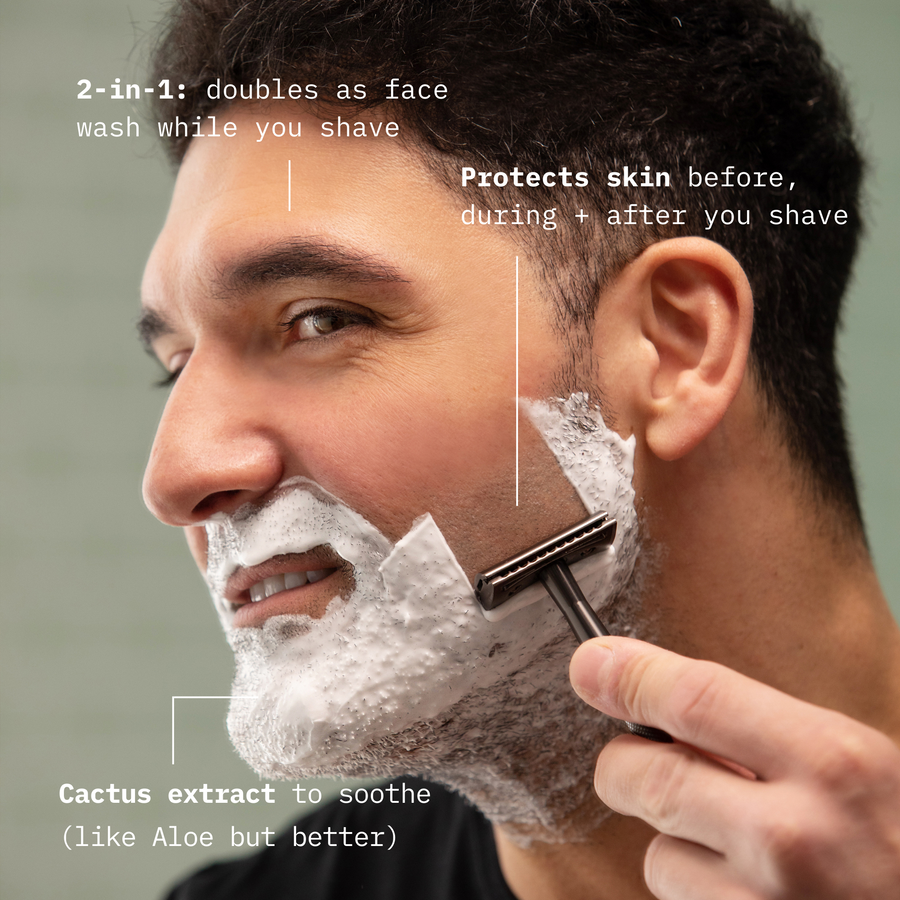


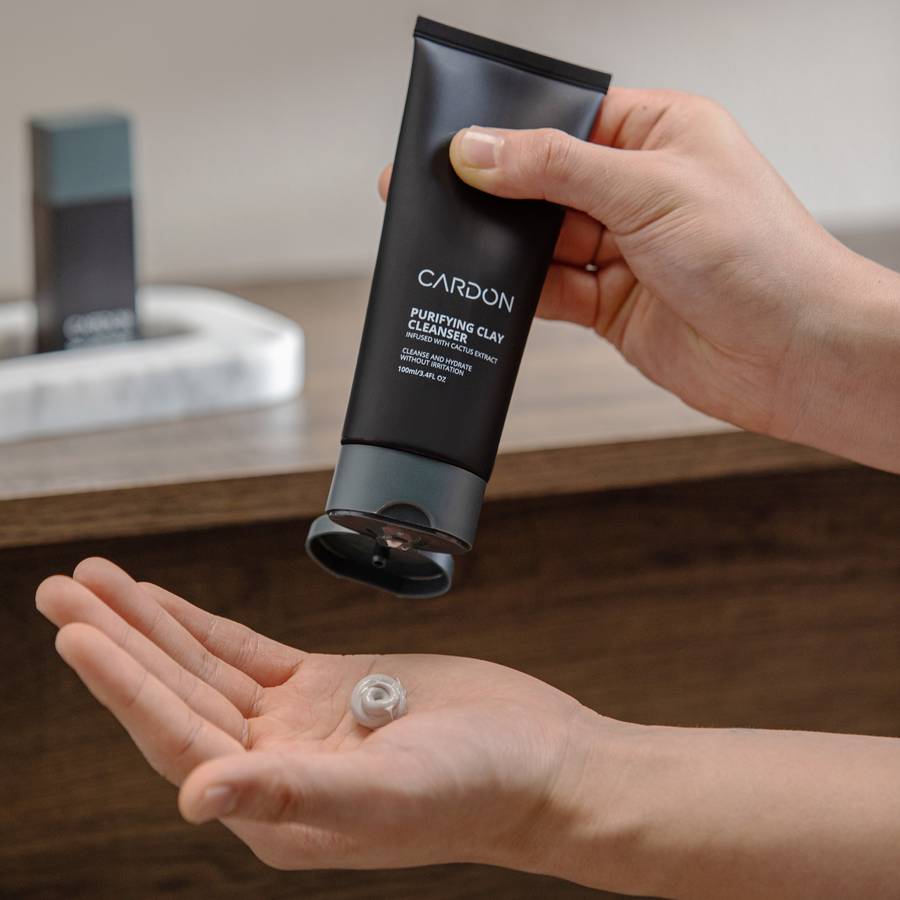
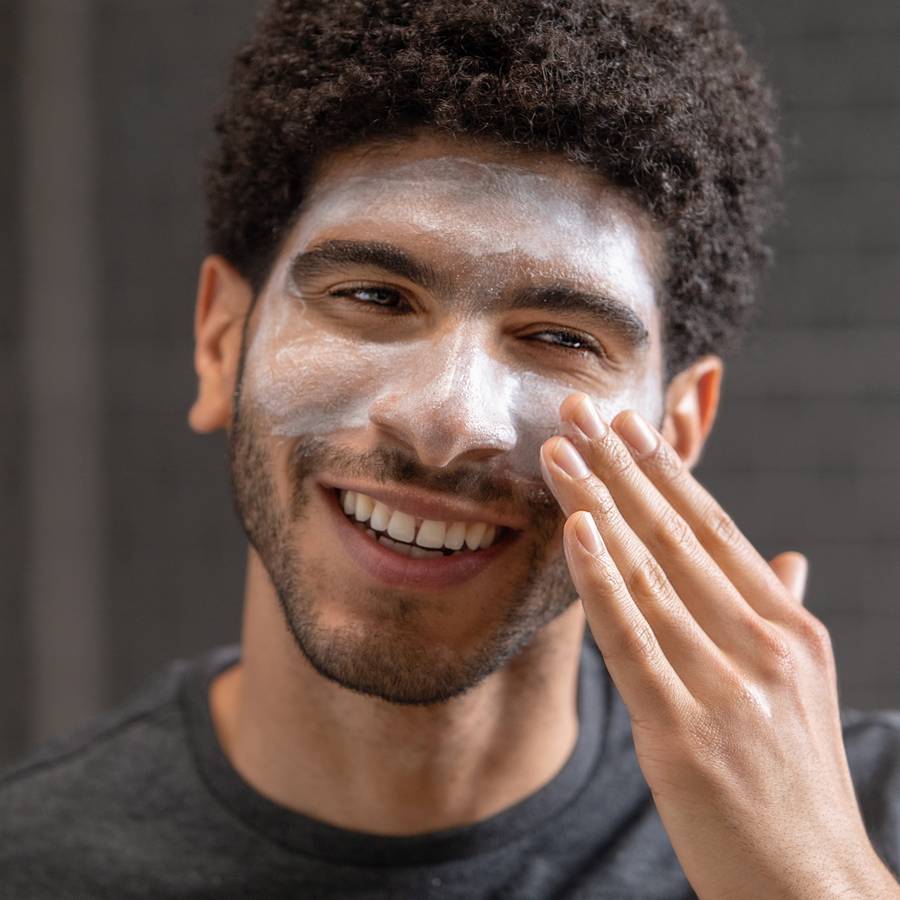
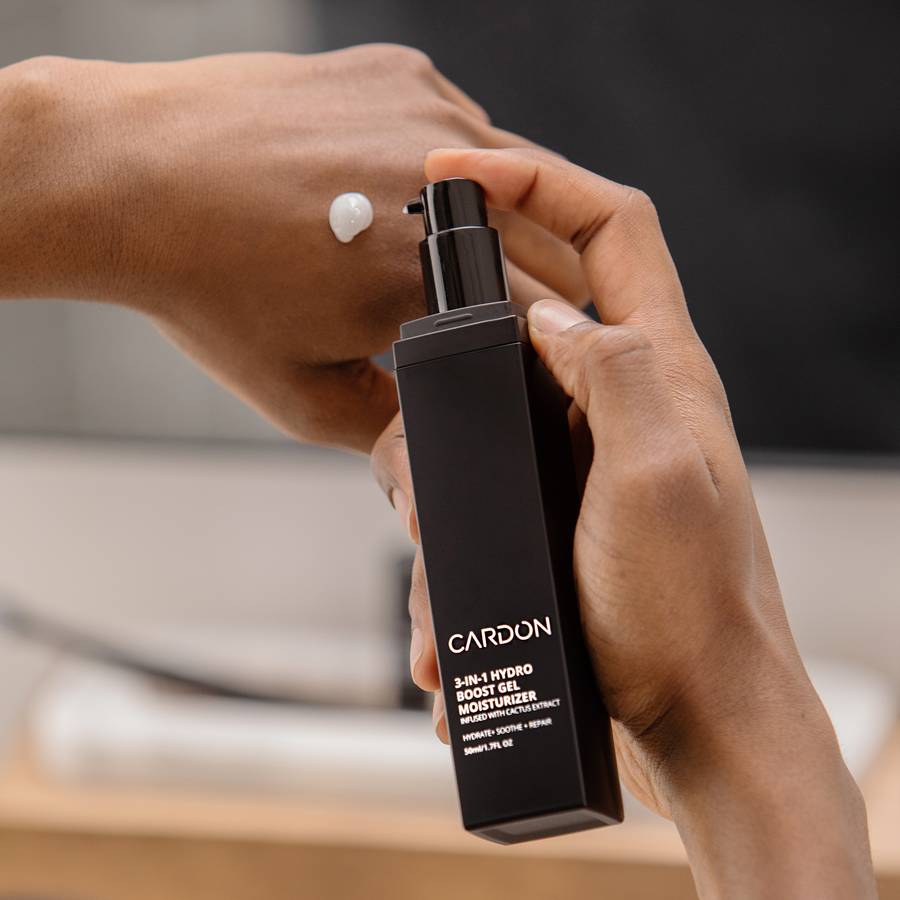

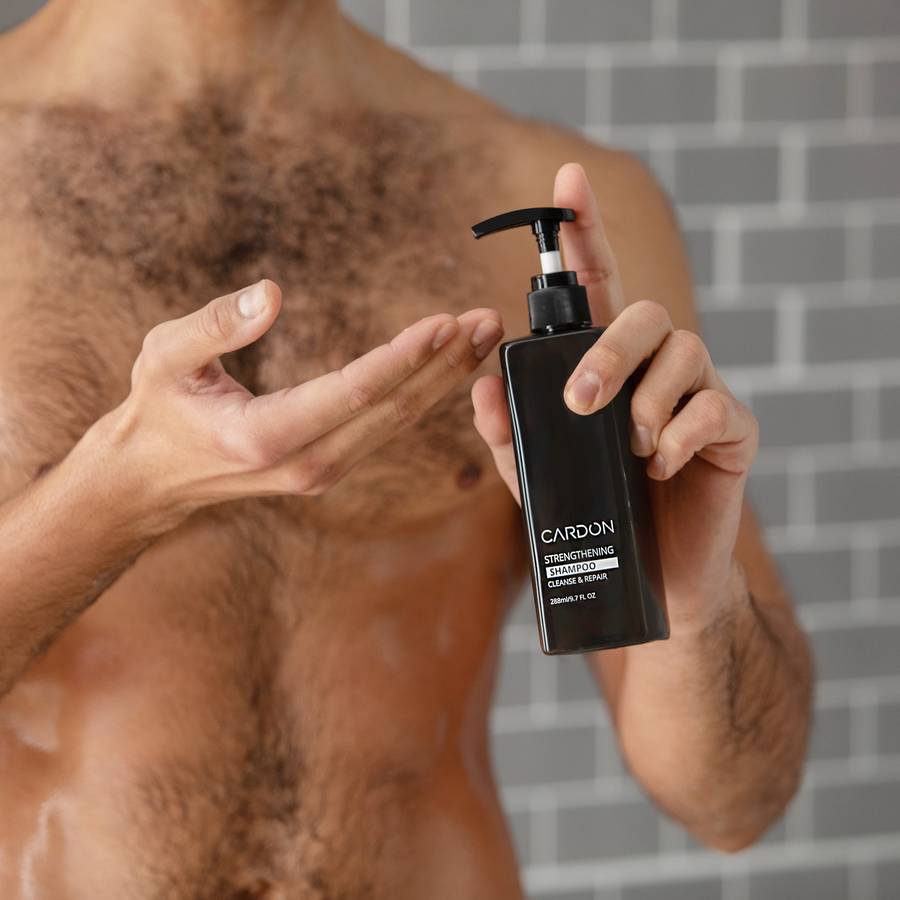

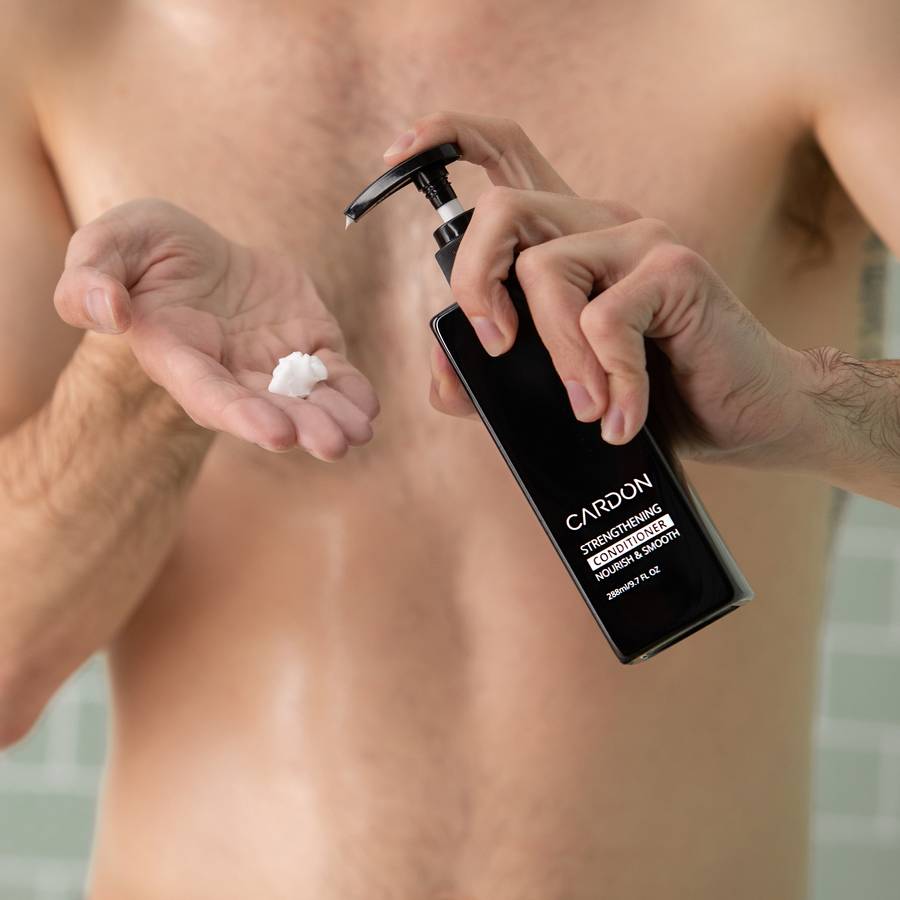
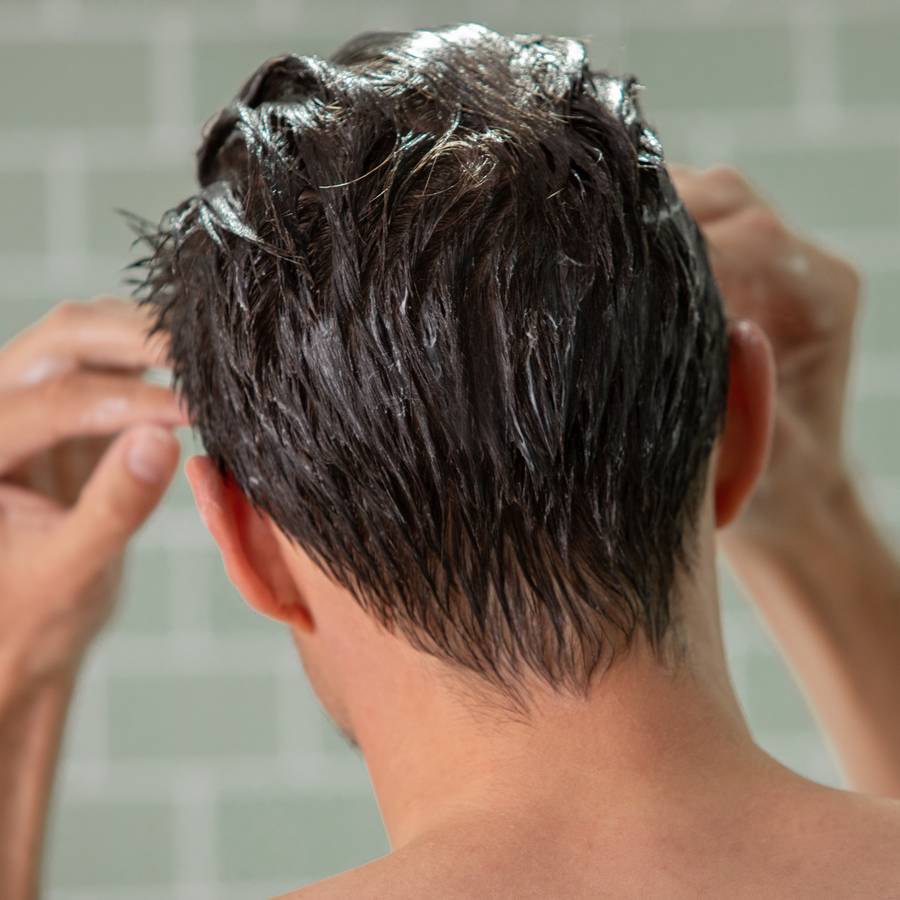
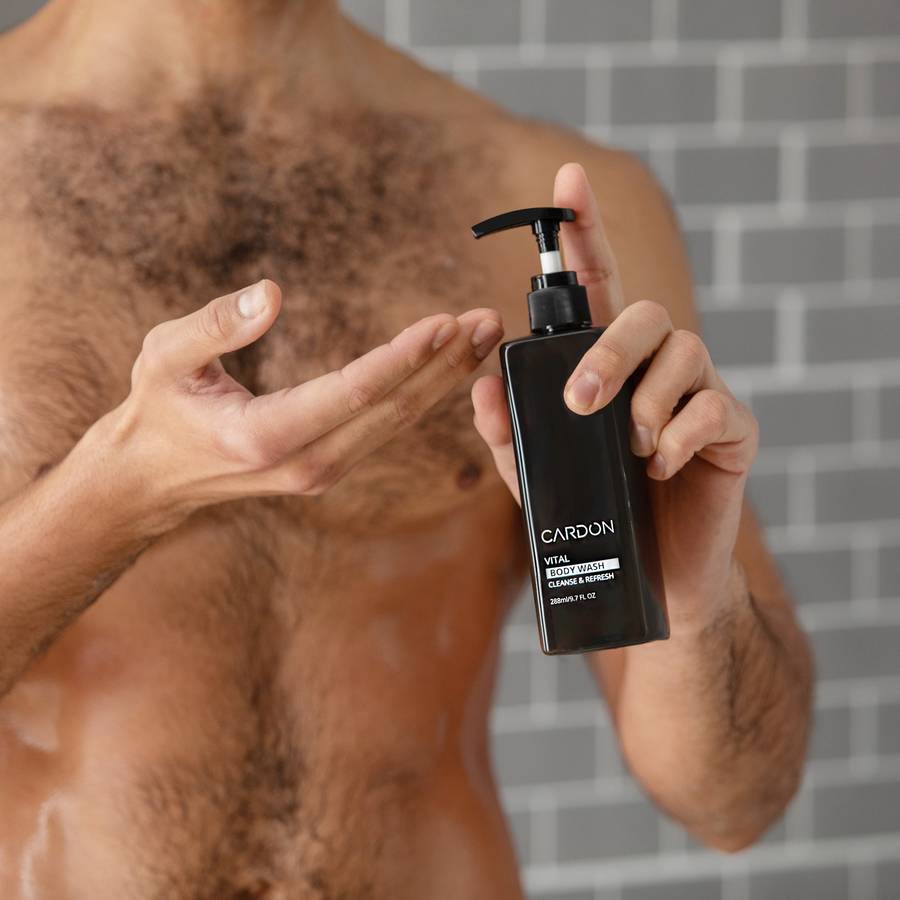


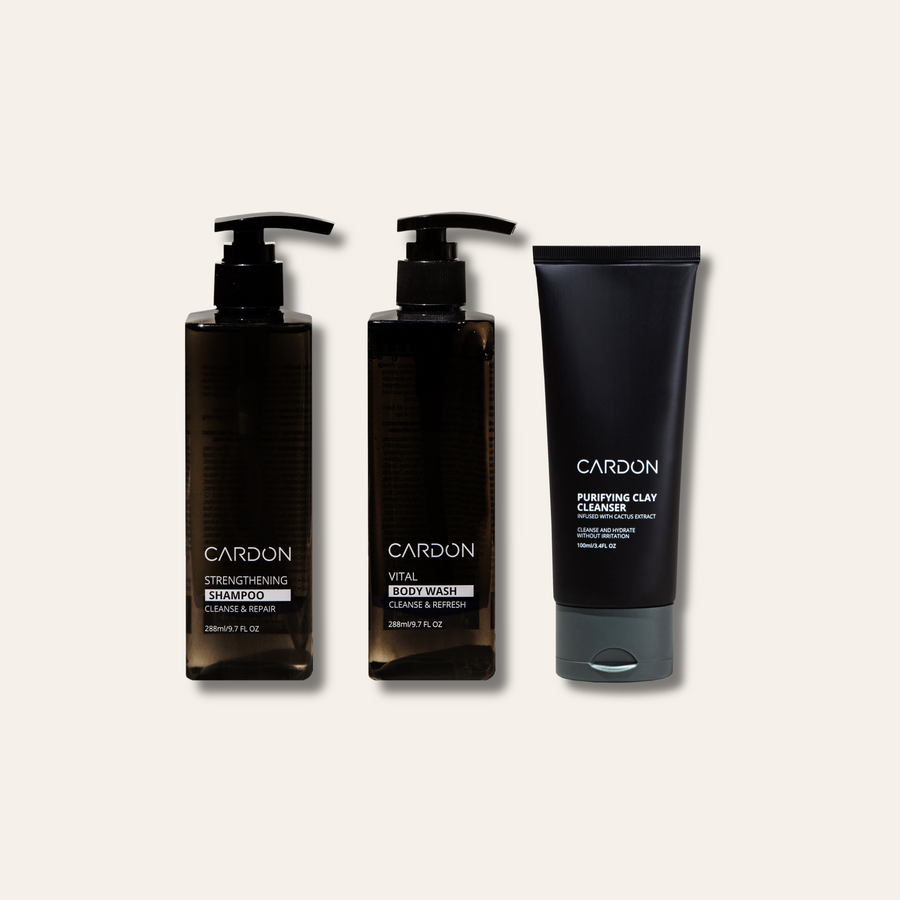
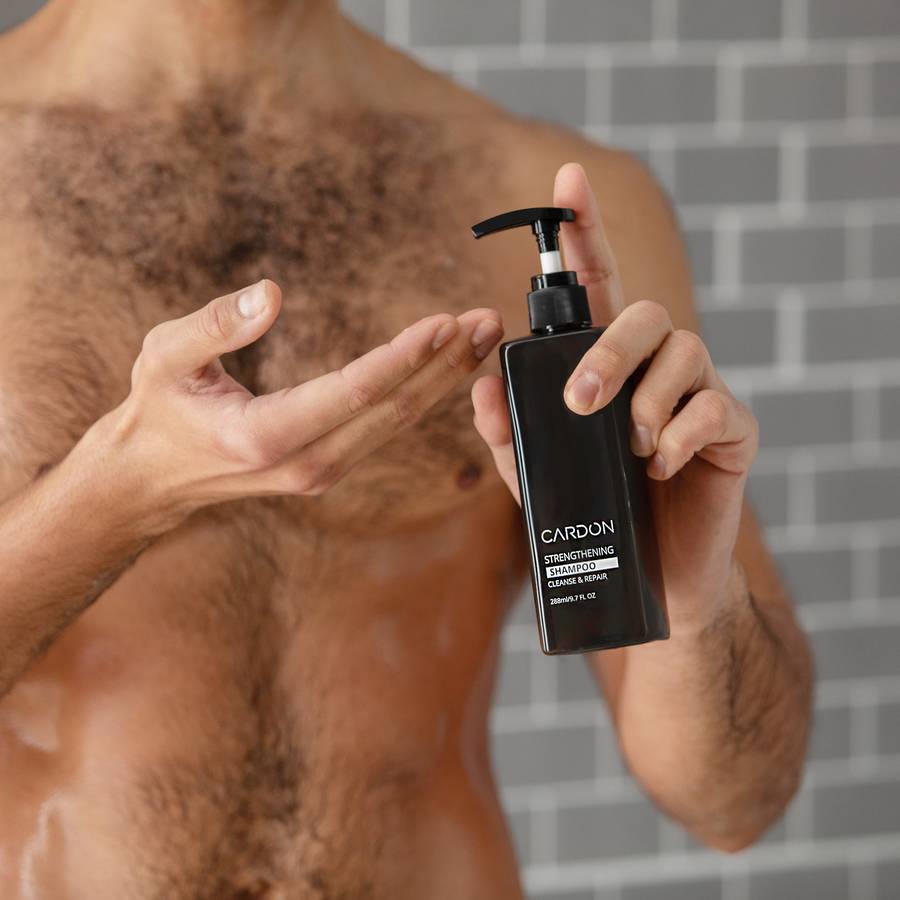

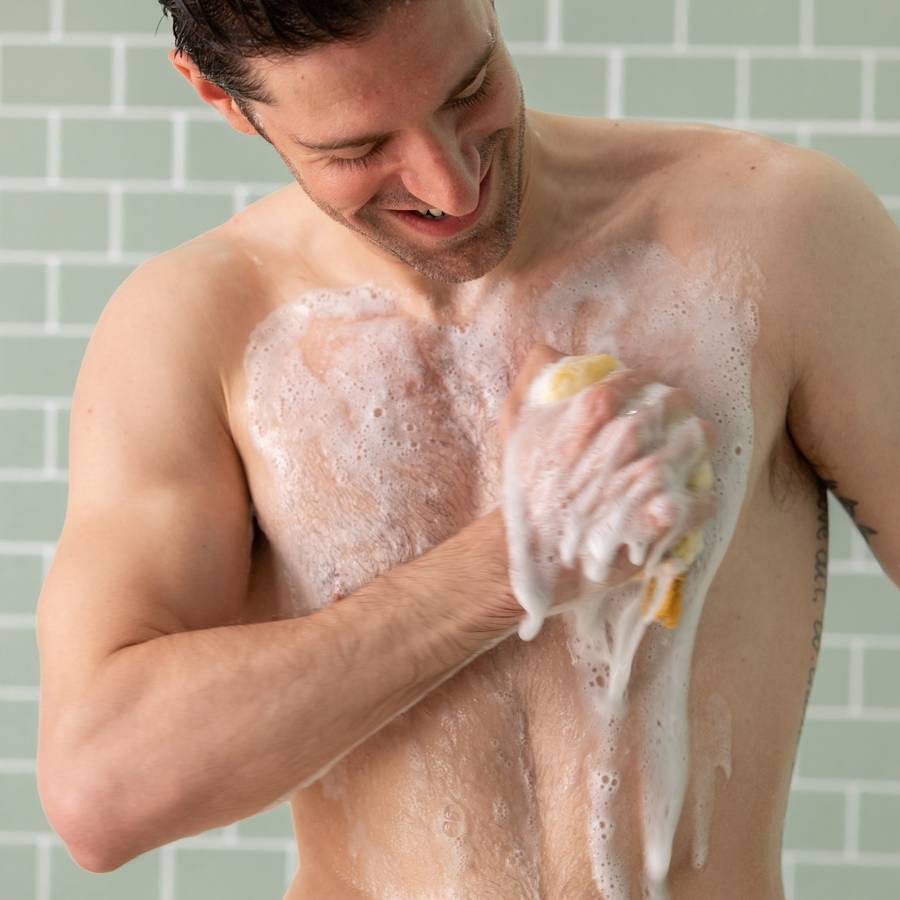

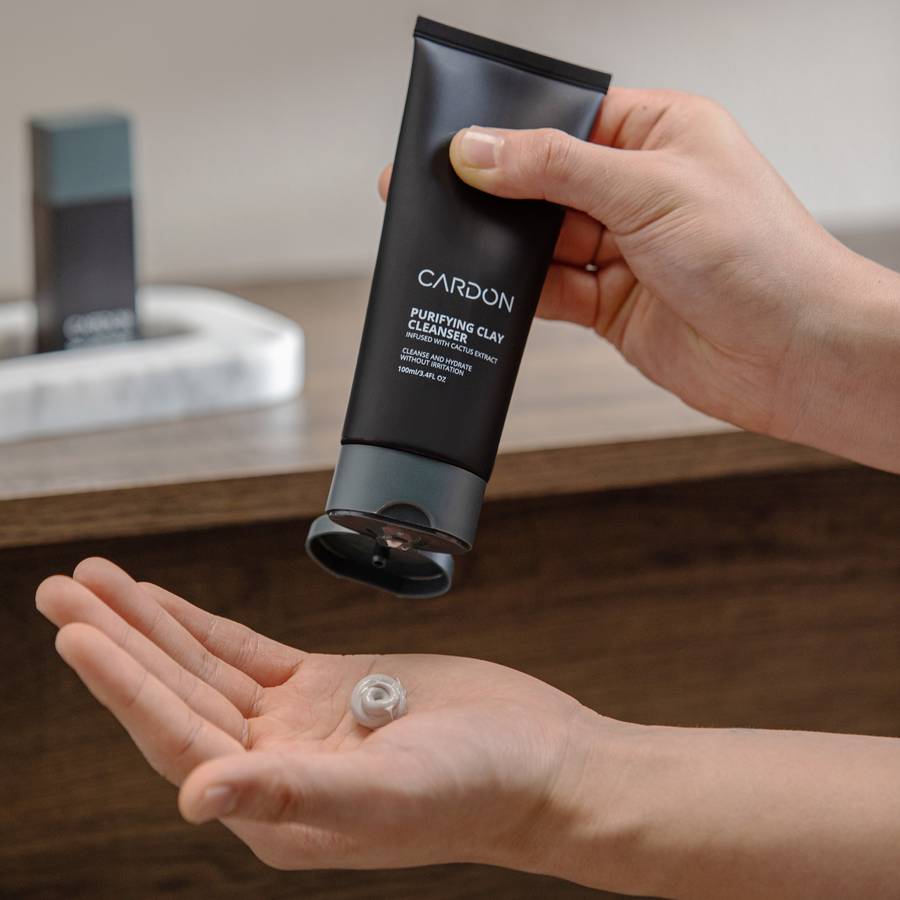
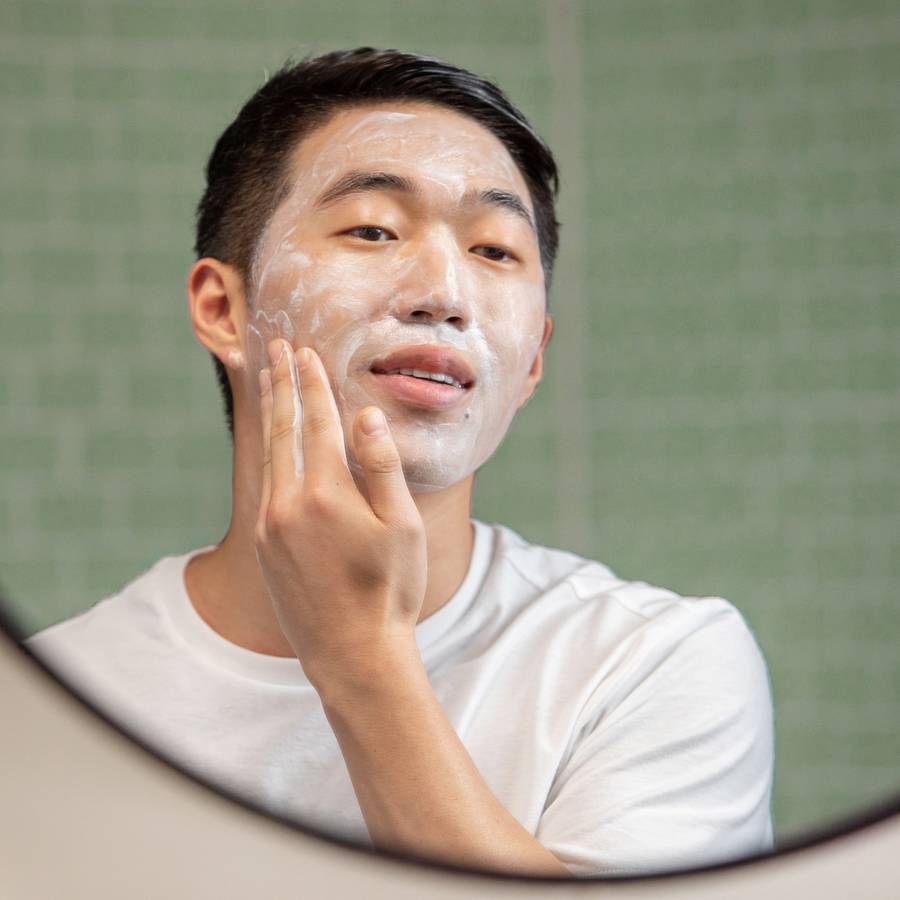
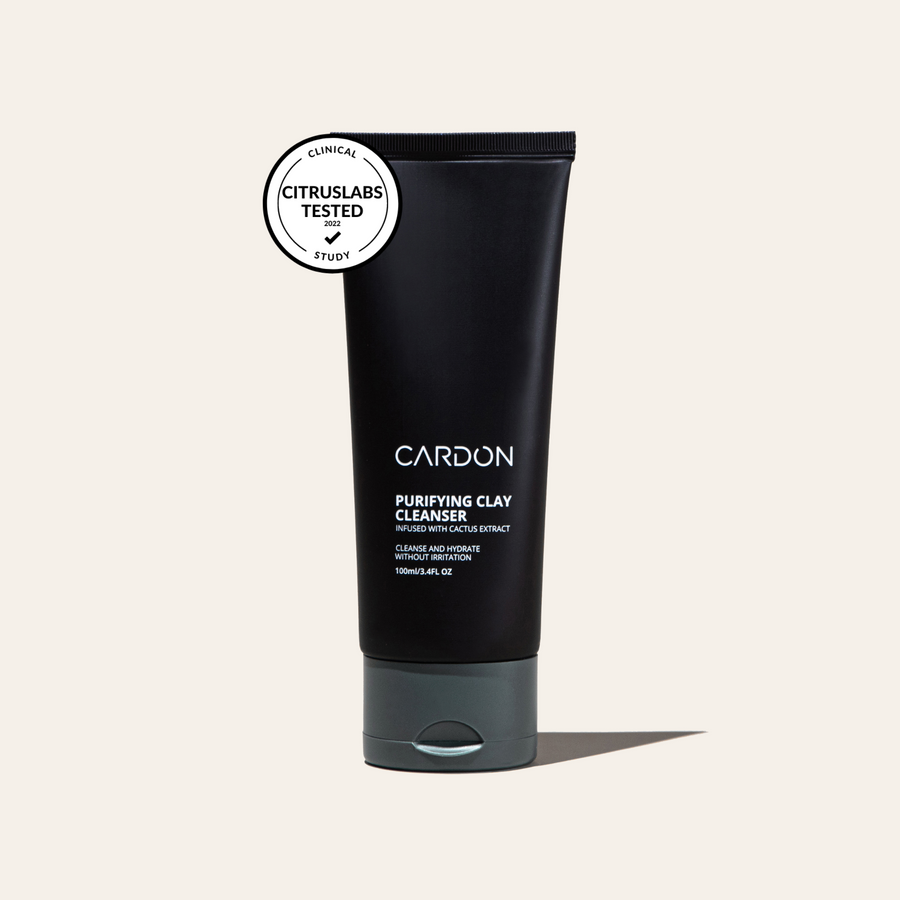
.png?v=1765476667968&options=w_900)
